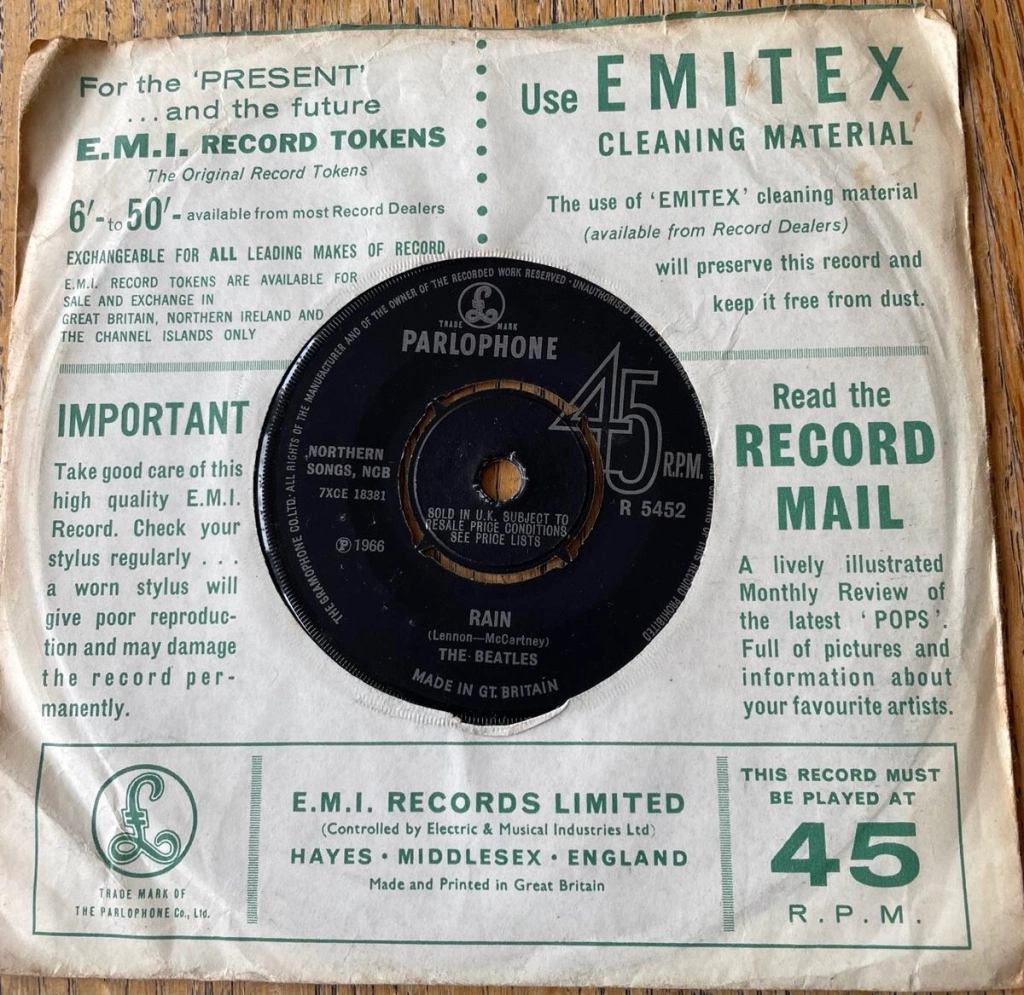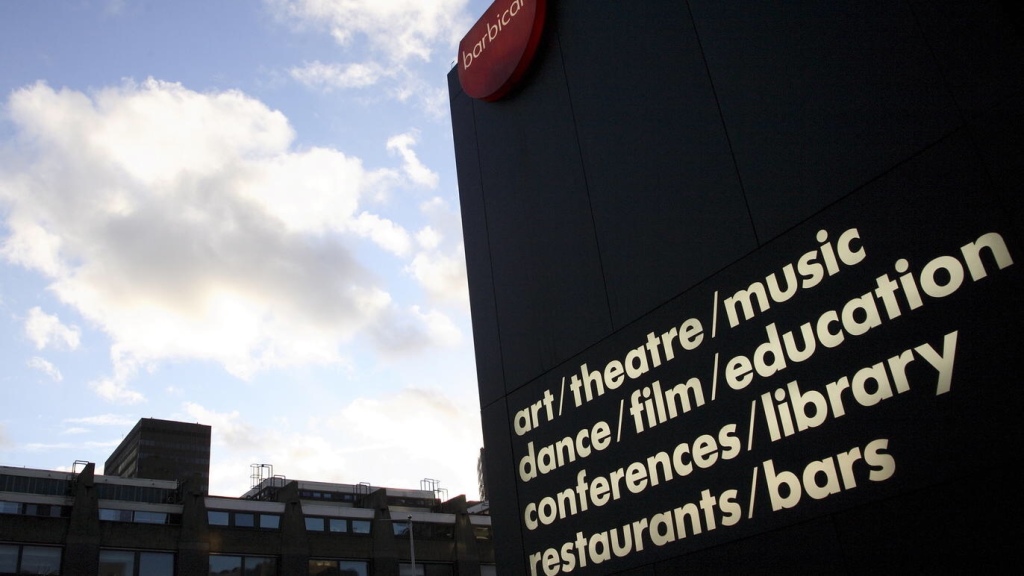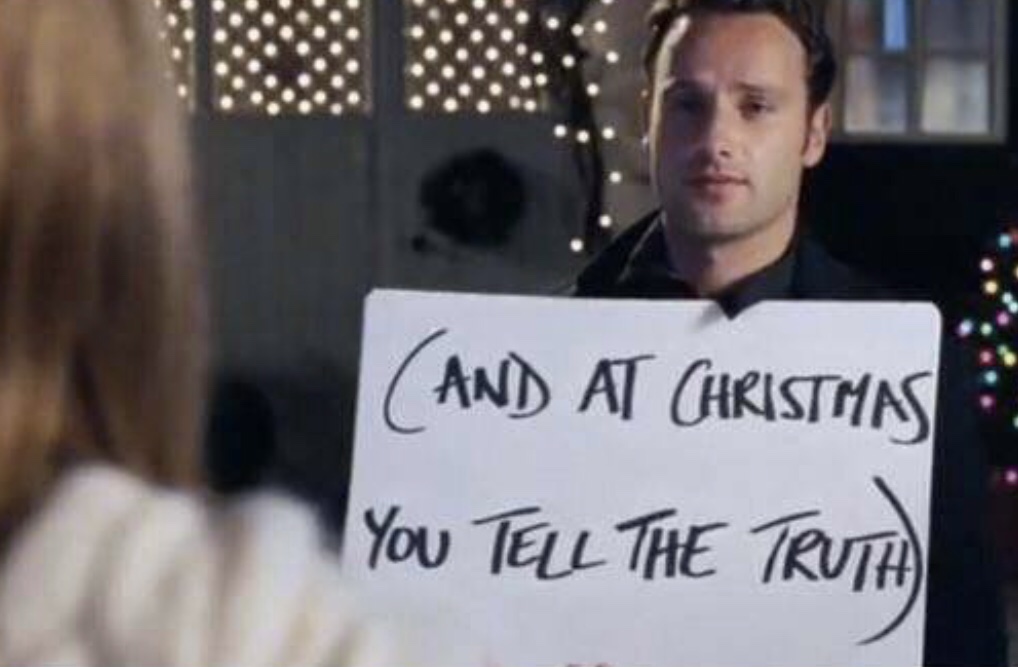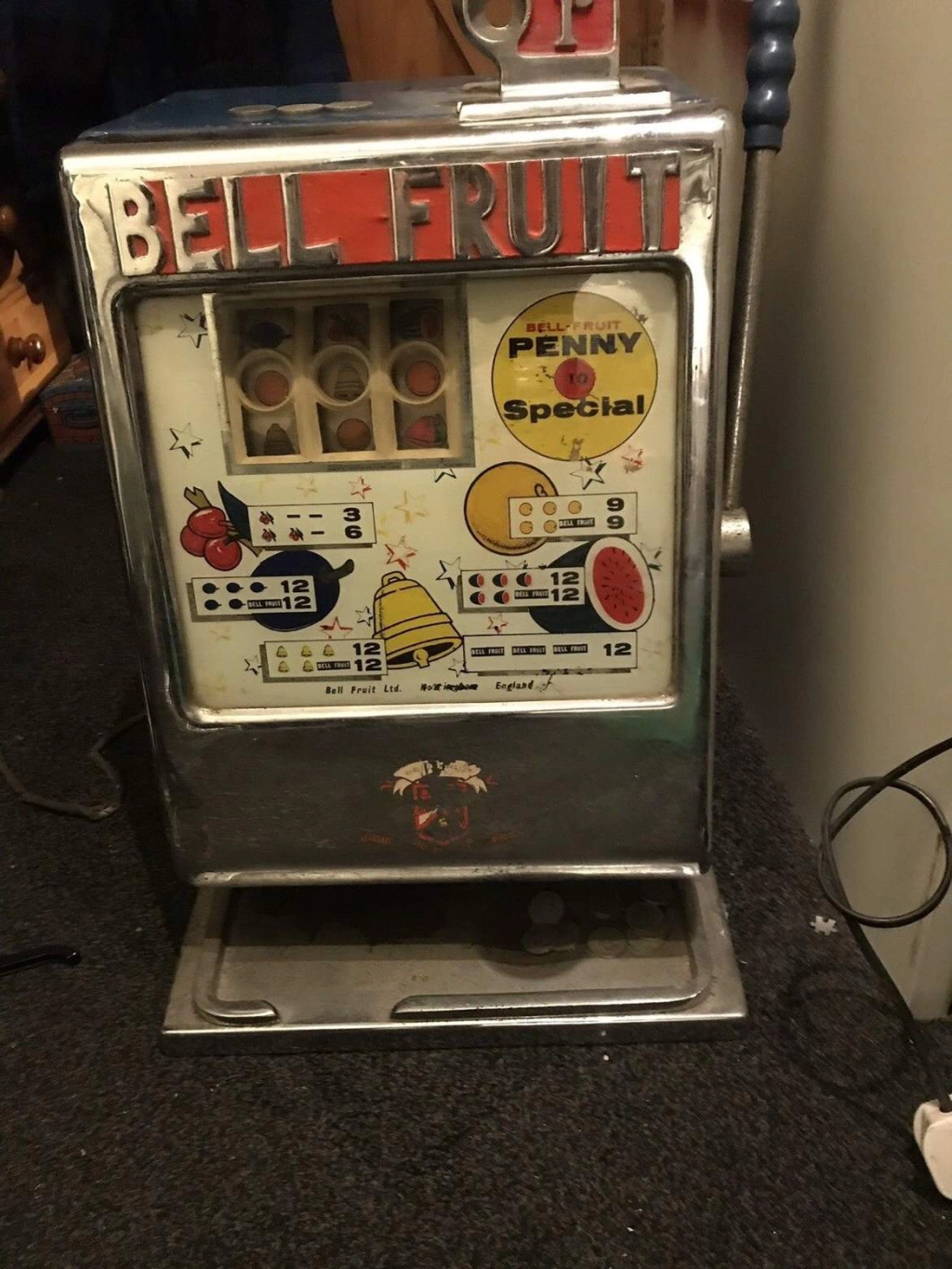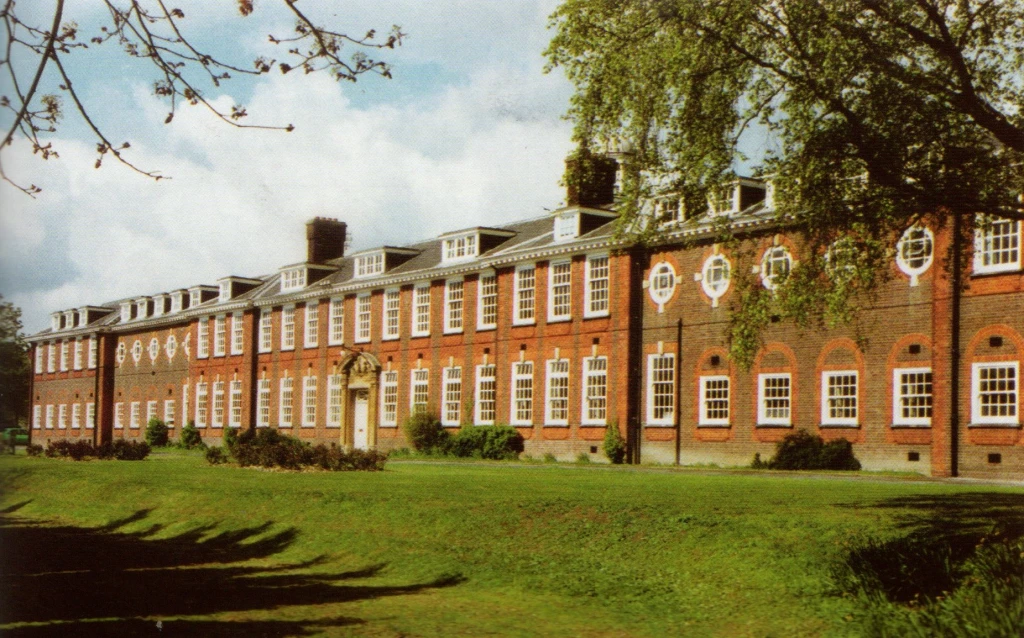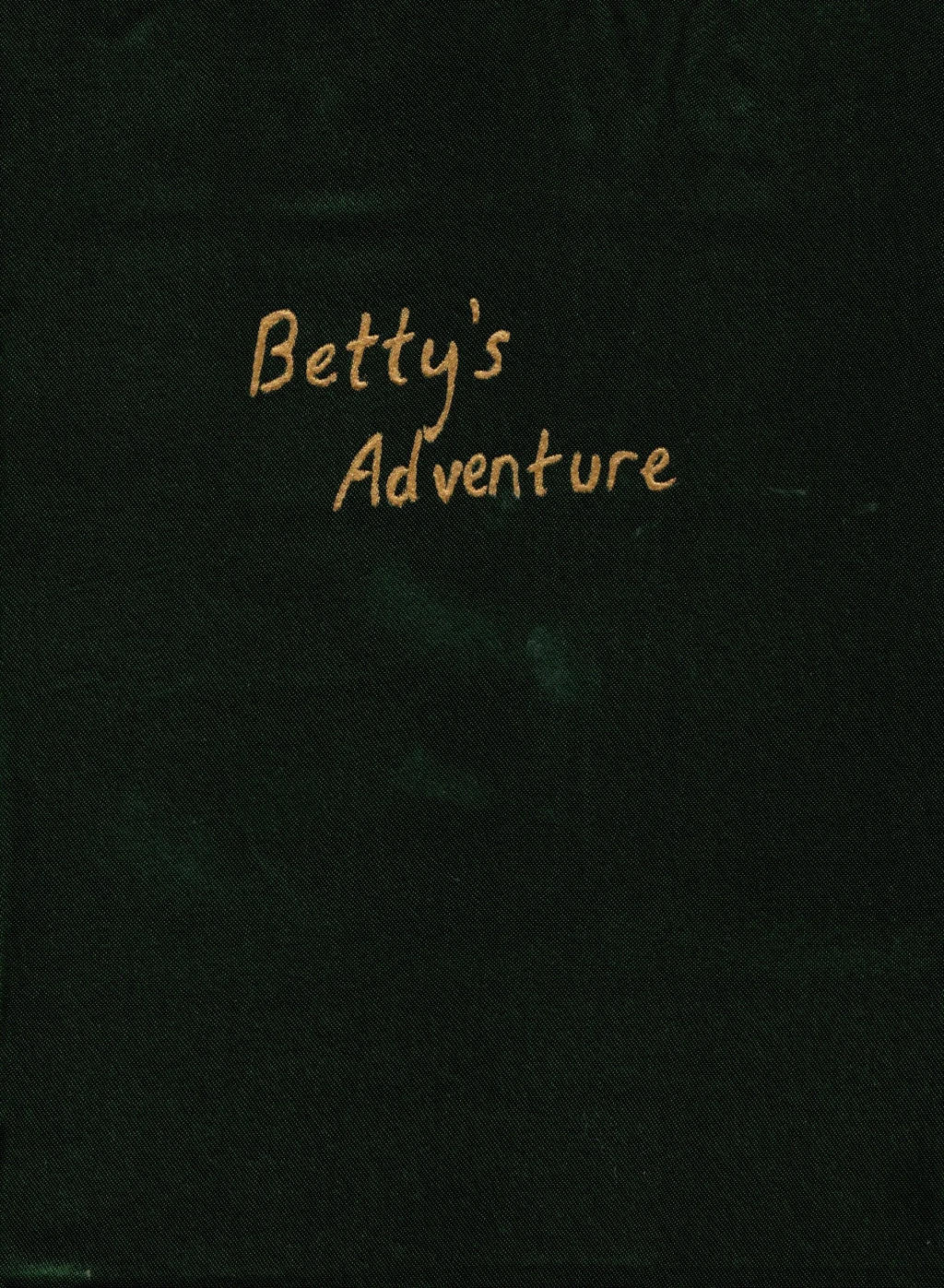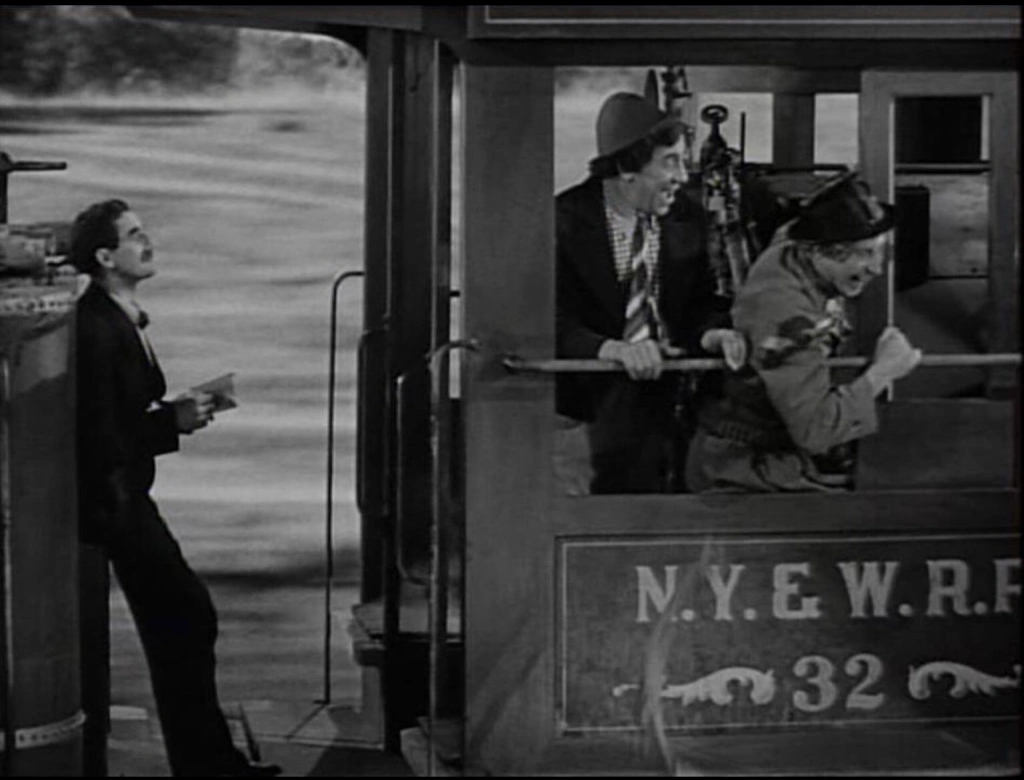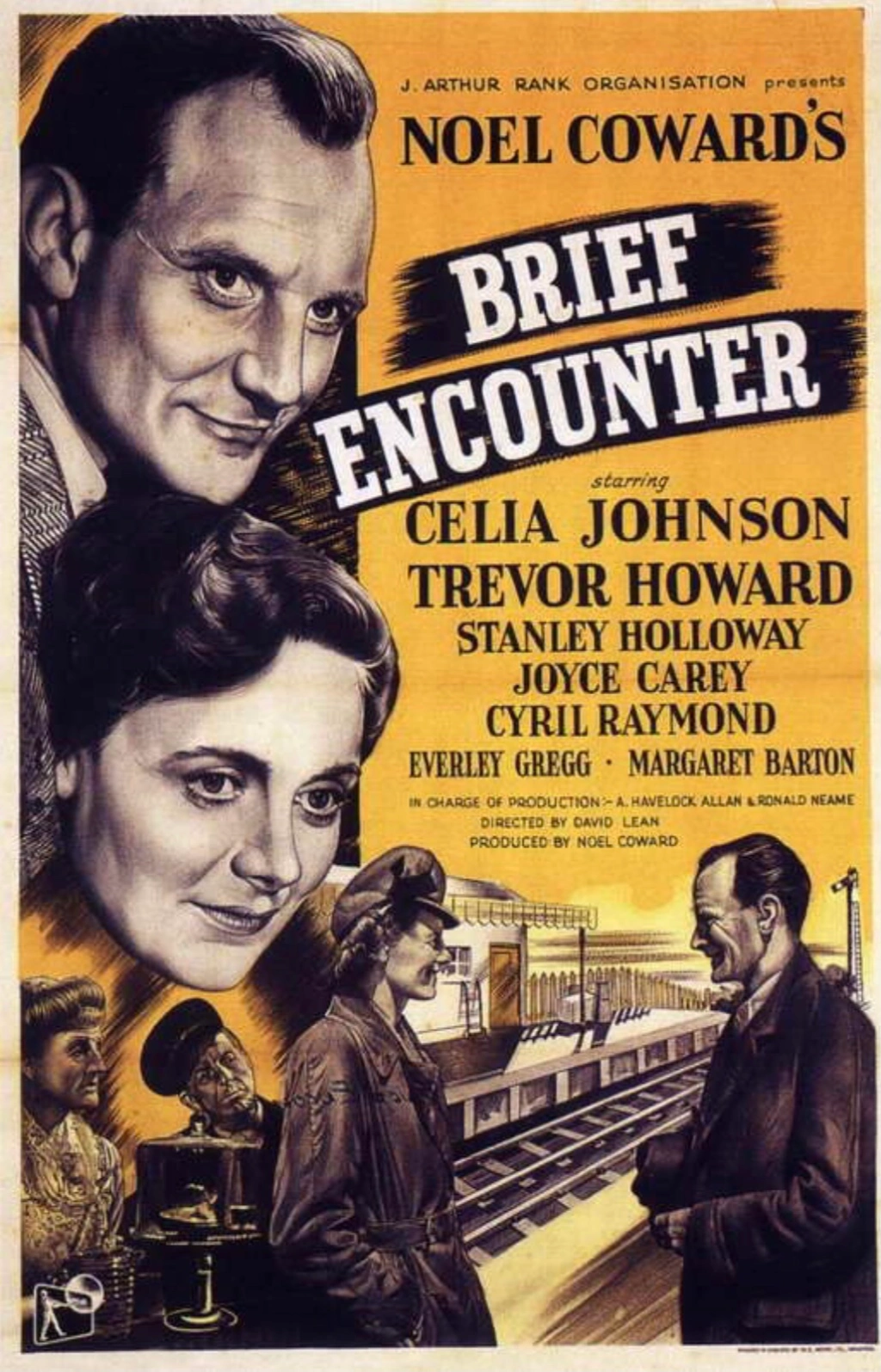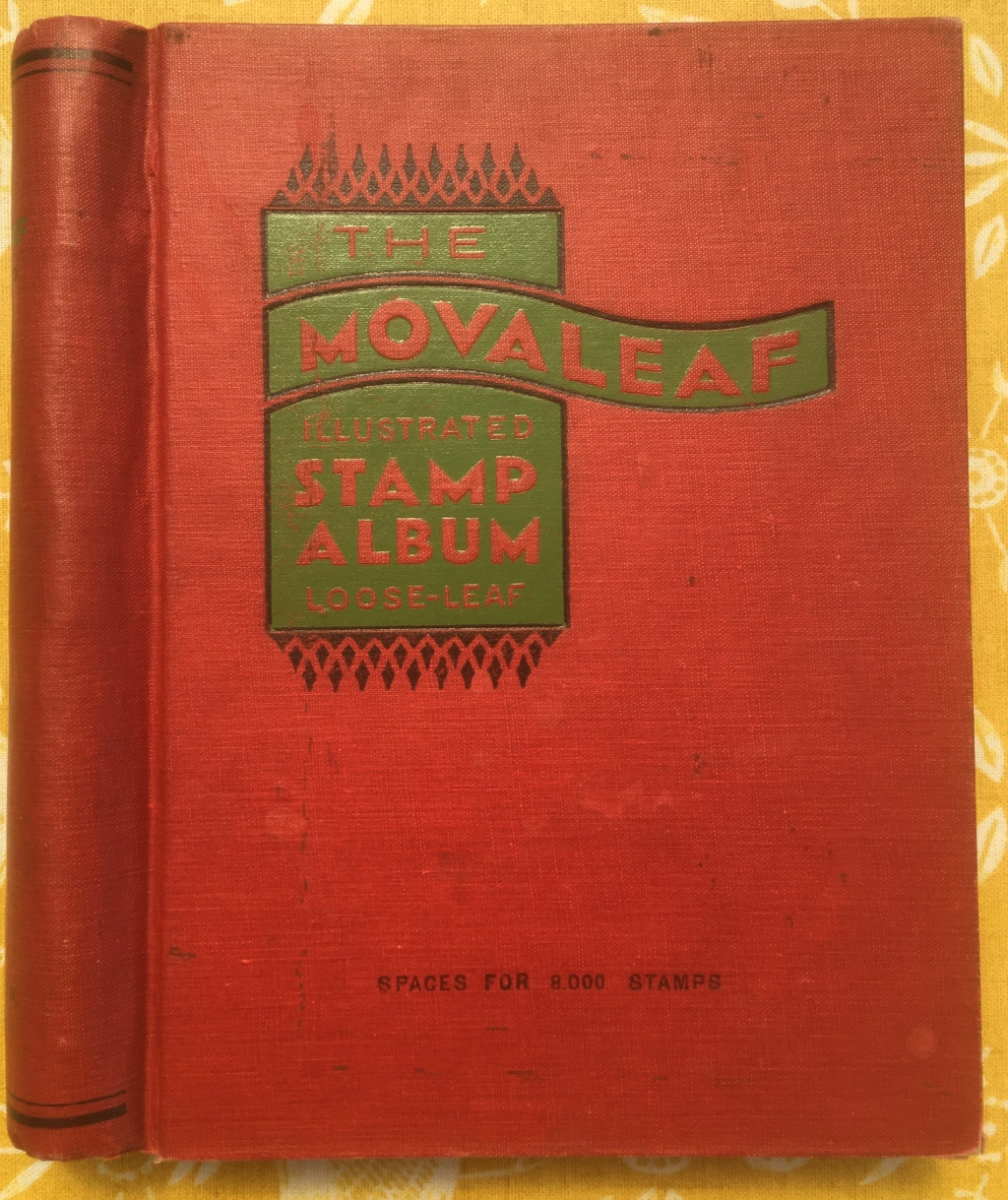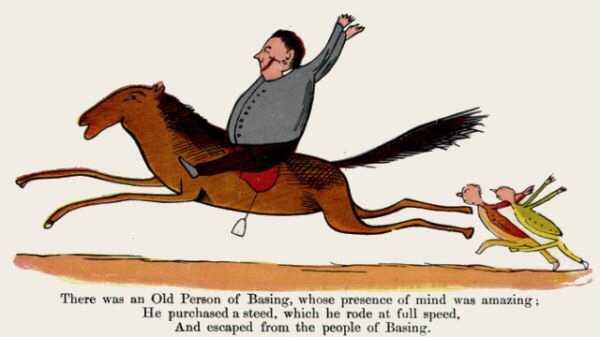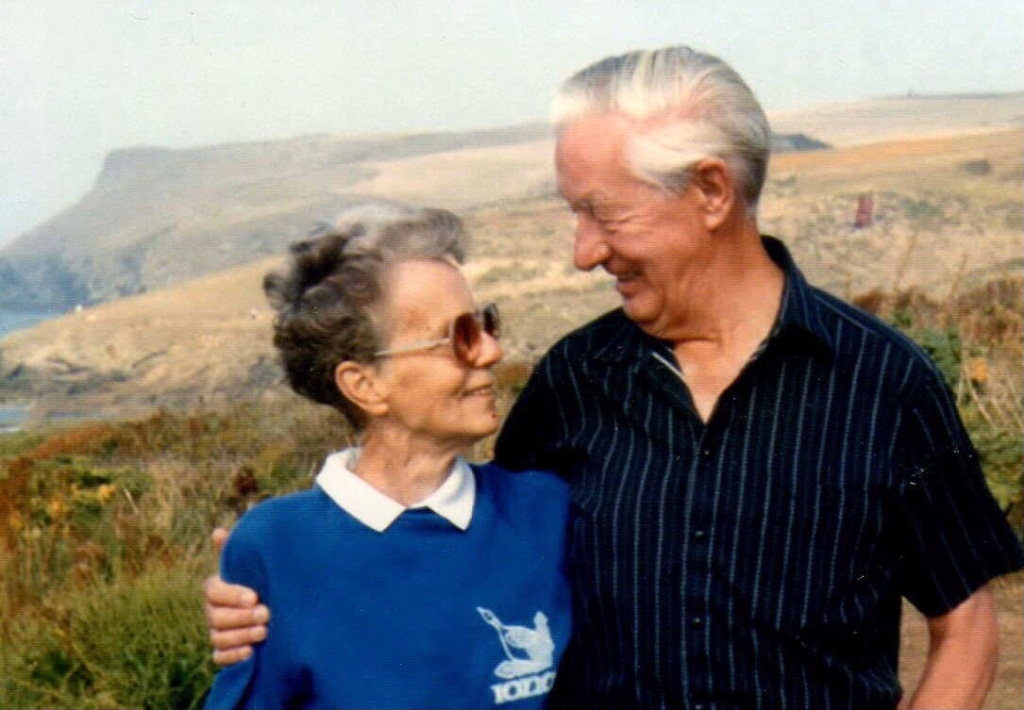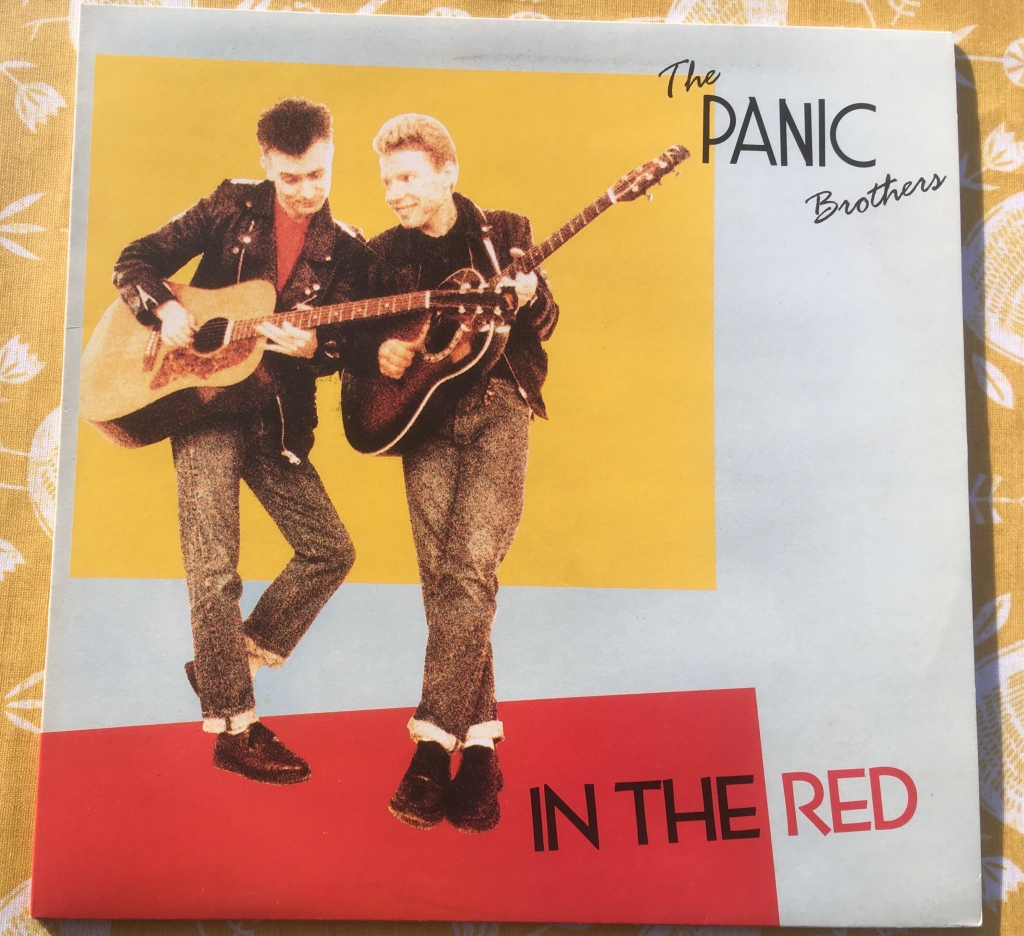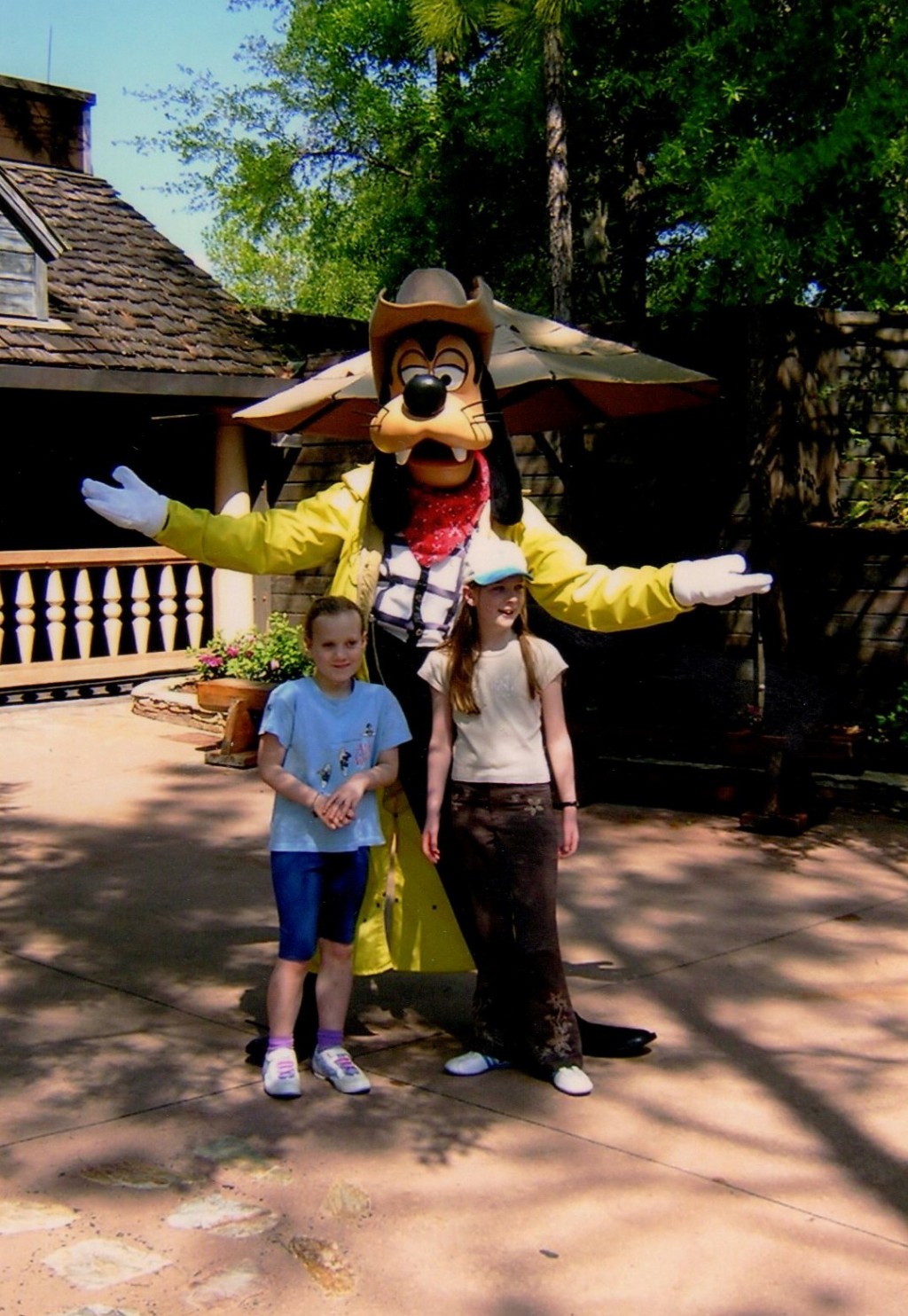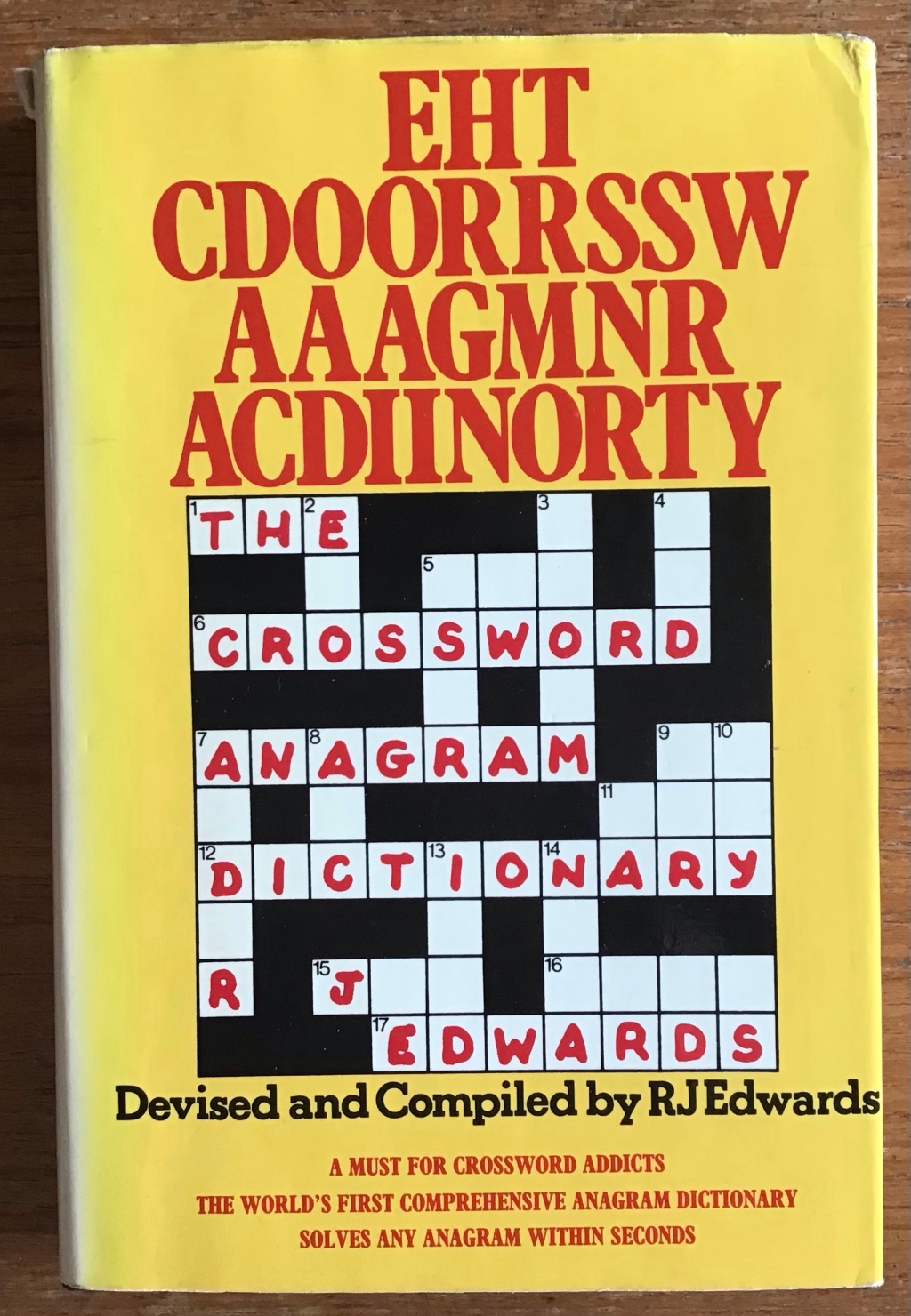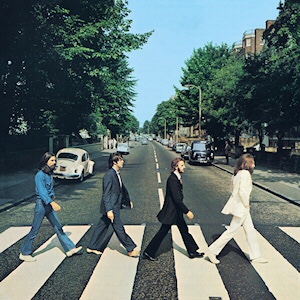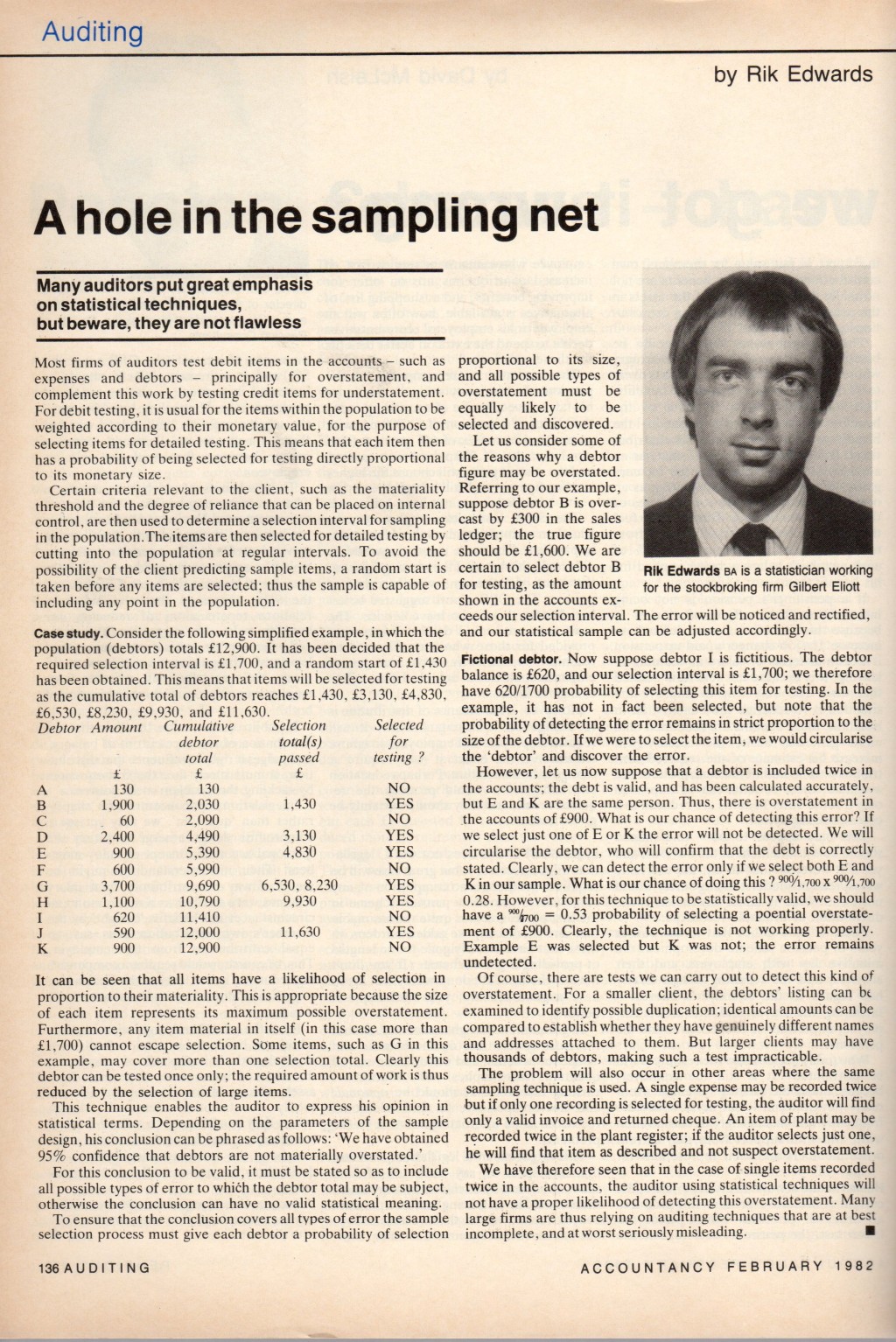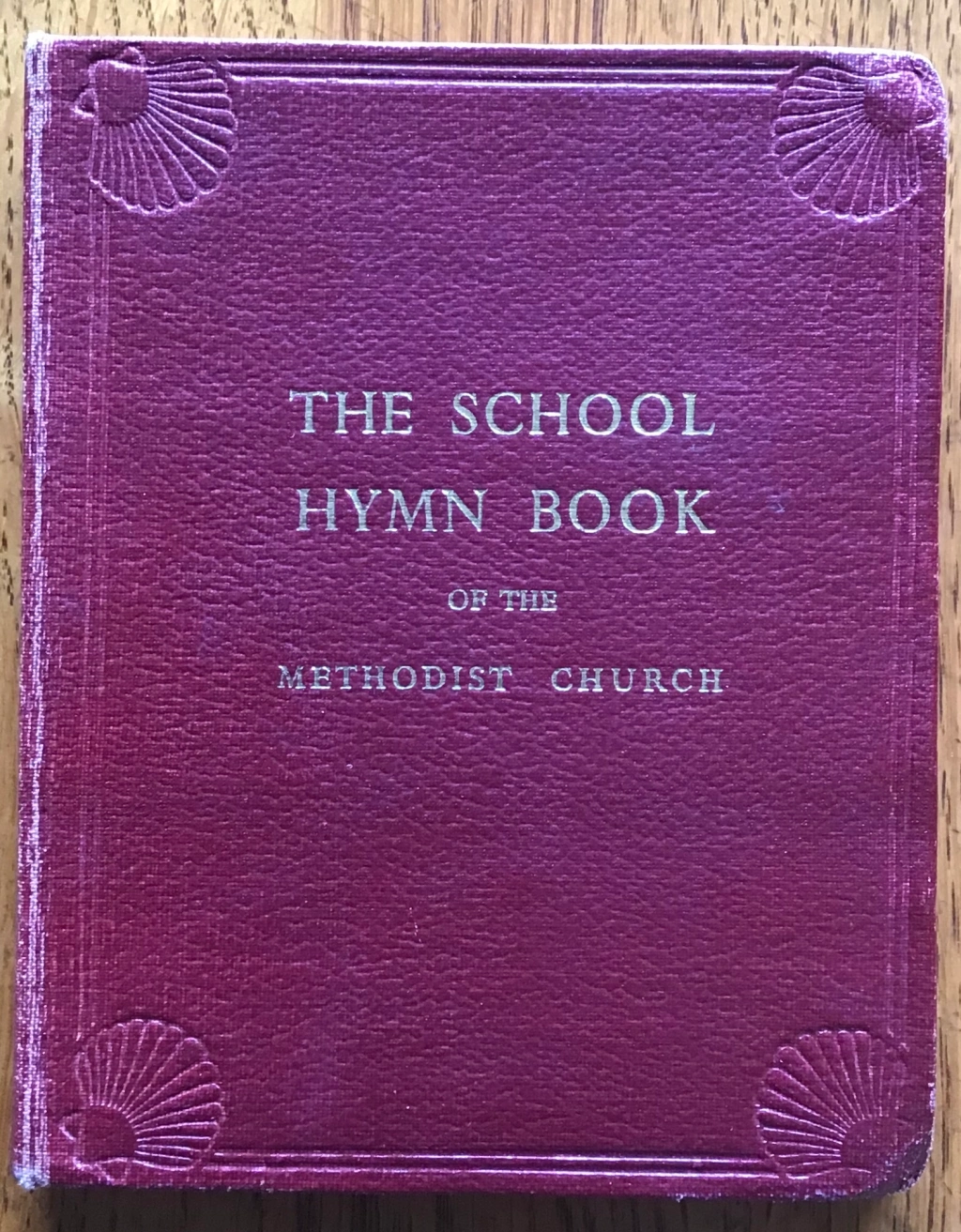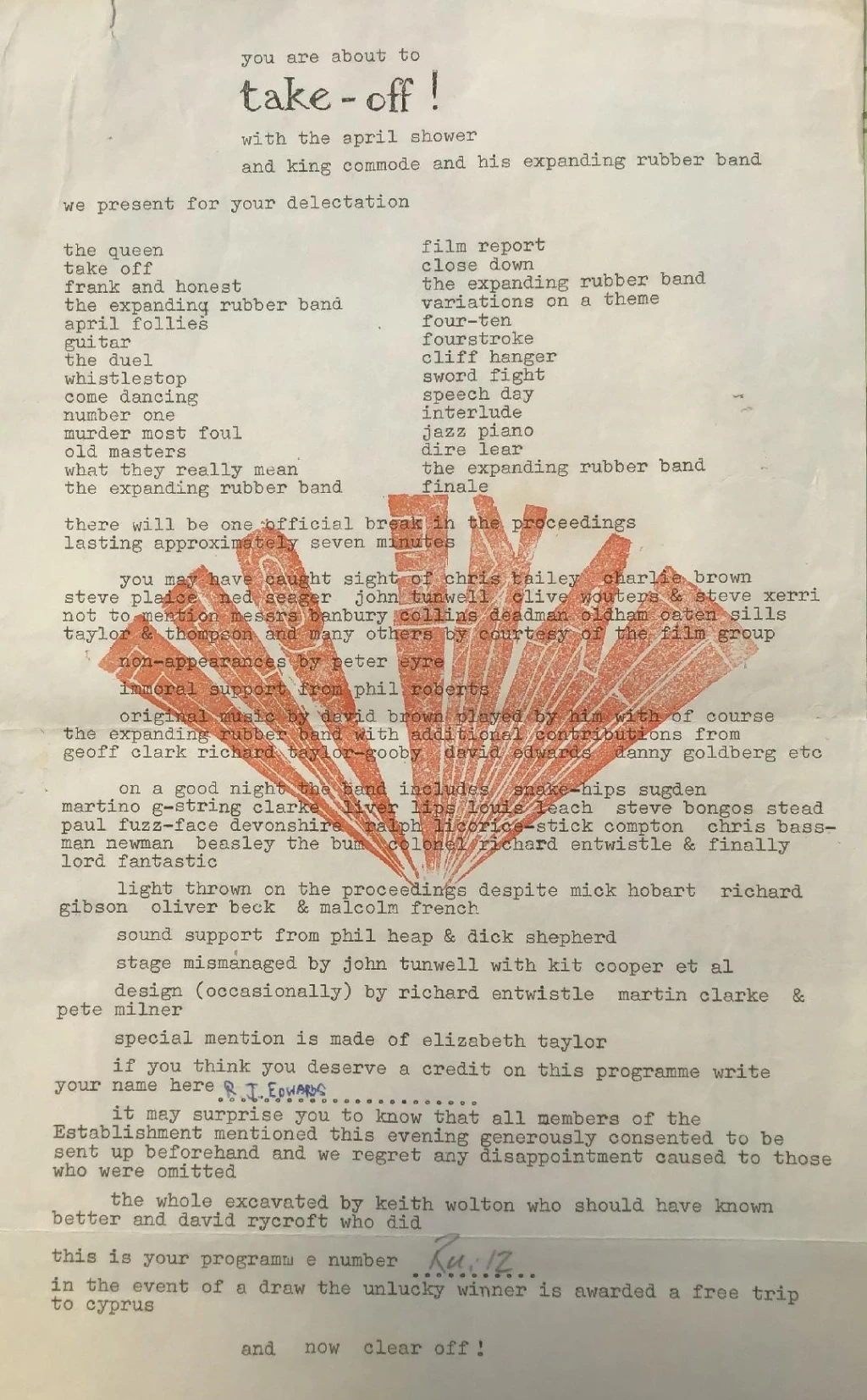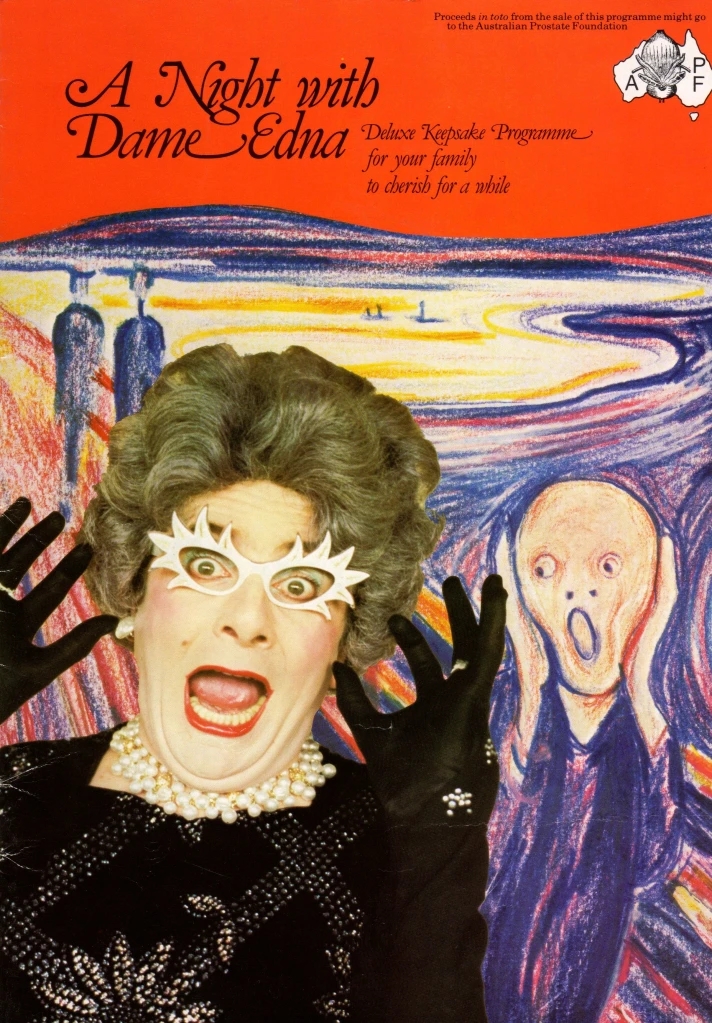-

The worst holiday
Mike Smith and Sarah Green were asked what they had said in the seconds when they thought they might be about to die. Mike Smith replied that he had said “I love you,” I’m afraid I doubt that. I’ve tested it under laboratory conditions.
-

Kathleen’s letters to Aelwyn 1950-51
It is fascinating and lovely – if disorientating – to observe your parents’ courtship, and I have had that opportunity.
-
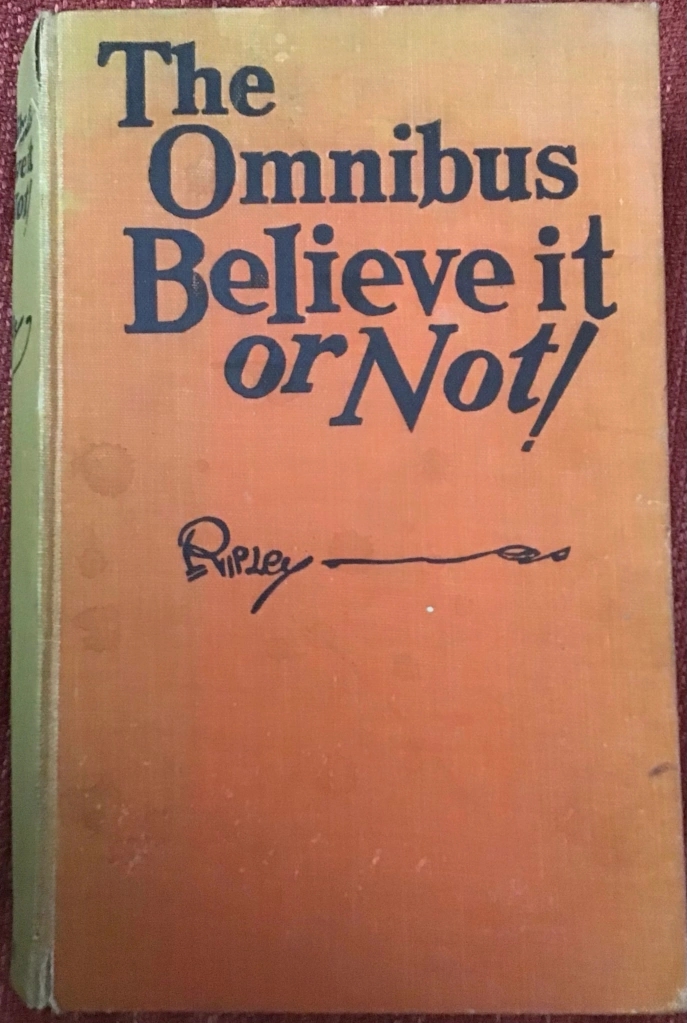
Ripley’s “Believe it or Not!” – fact check
Reunited with this strange and sensational book, I have the opportunity to satisfy the curiosity of my twelve year old self.
-

Going deaf slowly
How much of the rest of my life would I spend allowing my vanity to ruin conversations with loved ones, when help might be at hand?
-

“the Morbids”
When I was seven I woke up one winter’s night in tears because we weren’t on a camping holiday.
-

Poems by Kathleen Edwards
My mother loved writing poetry, and her best friend Elspeth Yule – known as Speff – presented Mum and Dad with this beautifully transcribed and delightfully illustrated book of Kathleen’s poems to celebrate their Golden Wedding Anniversary on 25th August 2001.
-

“How Pleasant to Know Mr Lear” by Jim Grant
Jim Grant’s outstanding play captures perfectly the joy and the sadness which ran through both Lear’s life and his work.
-

The drummer’s naked pedicure (illustrated)
“My brother helped organise a Hawkwind gig at Watford Grammar School (!) in the early 1970’s. After the gig he had to go and explain to the band that they didn’t have enough money to pay the full fee.”
-

Quordle “Achievements”
I’m sure there are other ways to get a 500 practice streak, but this is the approach which worked for me.
-
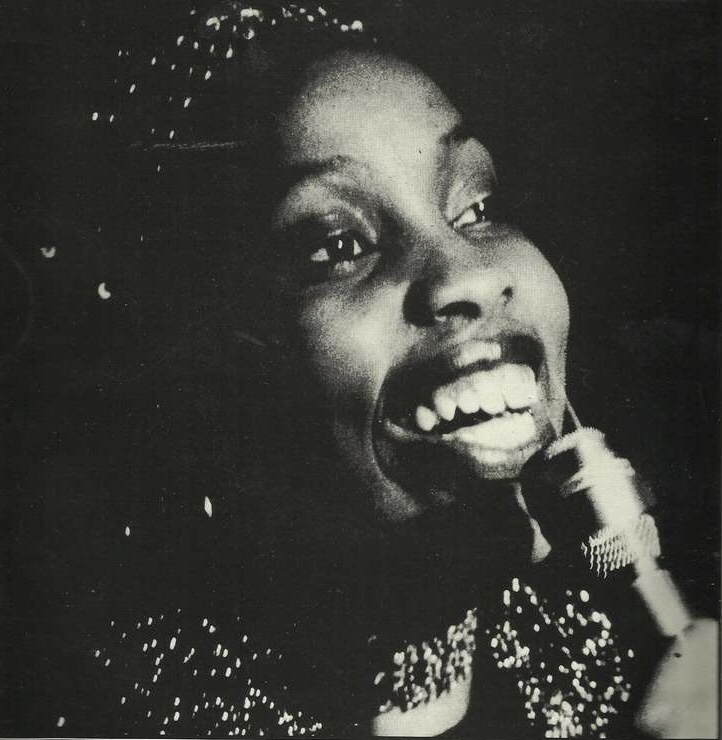
Ruby Turner, The Moonlight Club, July 16 1980
When she stopped there was a second of stunned silence followed by a roar of acclaim.
-

Shakespeare’s Lost Years by Aelwyn Edwards
For many years my father Aelwyn Edwards was fascinated by William Shakespeare’s “Lost Years” – the period in Shakespeare’s life for which historians and biographers have little or no information. He believed that Shakespeare might have travelled to Italy – specifically Venice – during this time.
-
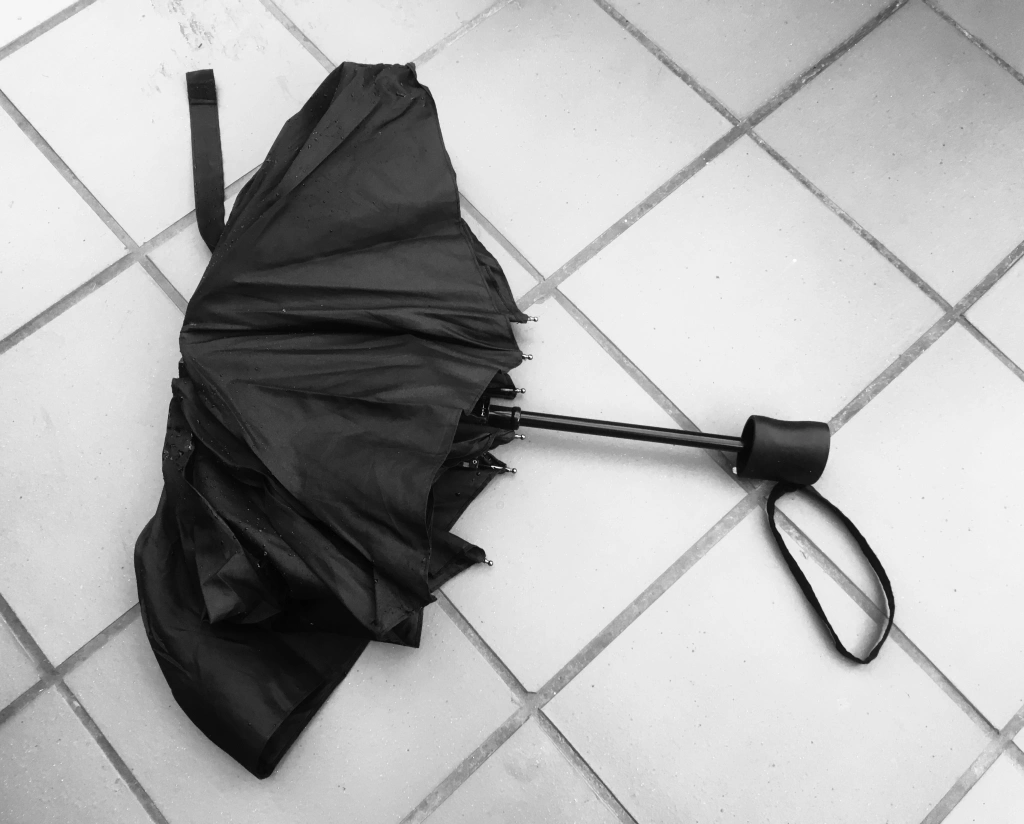
The umbrella
It seemed Deloitte Haskins + Sells could no longer overlook my technical differences with, er, the examiners…
-
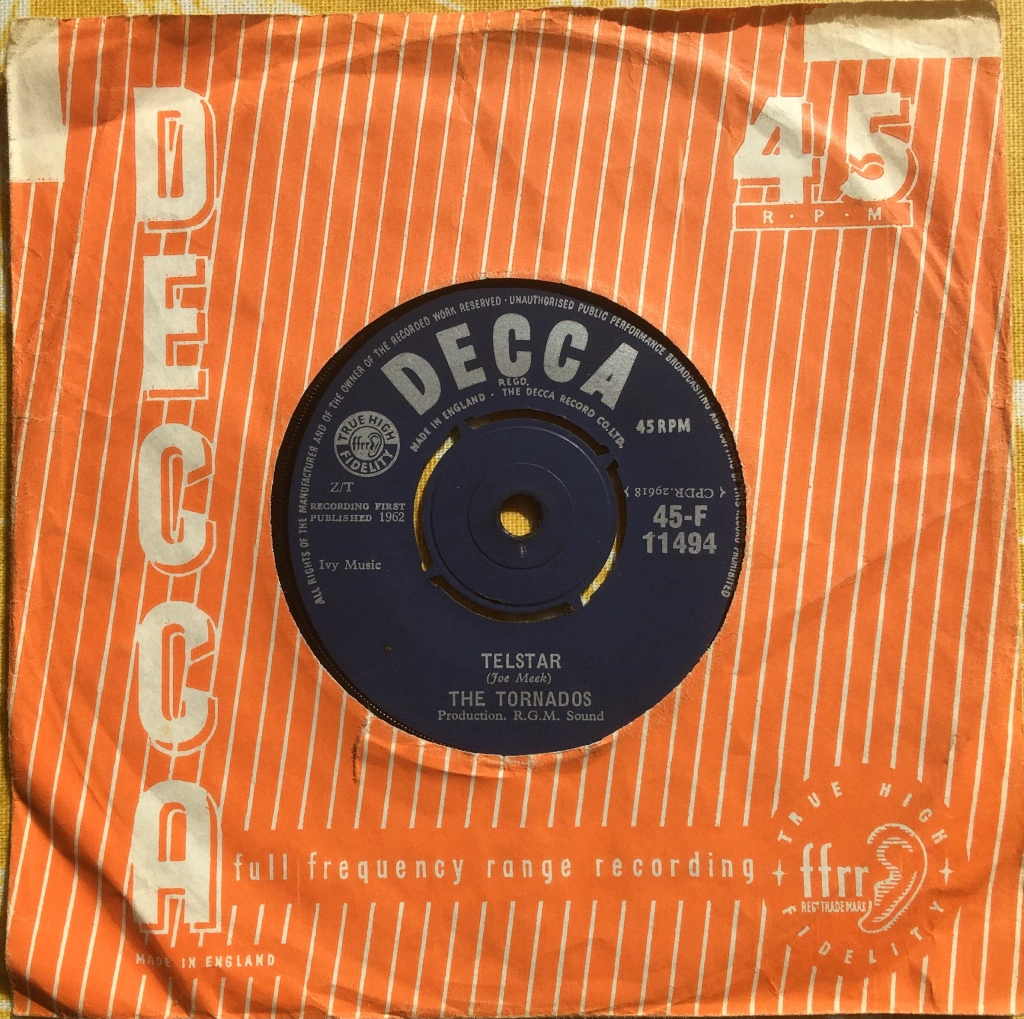
Devinylisation
They were now tainted with a vague guilt, like distant elderly relatives I didn’t visit very often…
-

Betty’s last wiggle
“Nothing bad will happen to me, she seemed to be saying, now that Mum and Dad are here.” Warning: concerns the death of a dog.
-

BetCoin
Distrustful of fiat currencies? It’s time you invested in something completely safe. BetCoin’s unbeatable algorithm will guarantee you exciting returns!
-

The People Versus @ The Bullingdon (Oxford) 2022-11-04
I’m sharing this excellent and enthusiastic review from music blogger Mylene and the Class of last Friday’s Oxford gig by my daughter Alice’s band The People Versus.
-
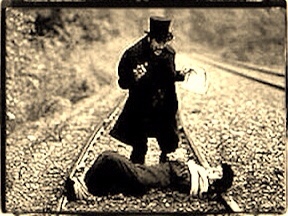
Stop the lazy bad guy signalling
Hardly his fault, then, but he’s ugly, so he must be the bad guy, right?
-

Survey monkeys
Of course, my dentist might be annoyed by the facetious reply, but hey, what are they going to do about it? Oh…
-

Votes for Members
Imagine what the press would make of such behaviour in a trade union strike ballot.
-

Let Me Take You Down…
About March 1970, I heard a languid, dreamy song one Sunday morning on Kenny Everett’s radio show.
-

Le gros commandant Whof Whof Whof: part 2 – The Large Wynnstay Collider
Would you mind awfully taking a DNA test for me, to give a definitive answer? I’ll pay for it, and I promise I won’t try to claim your castle.
-
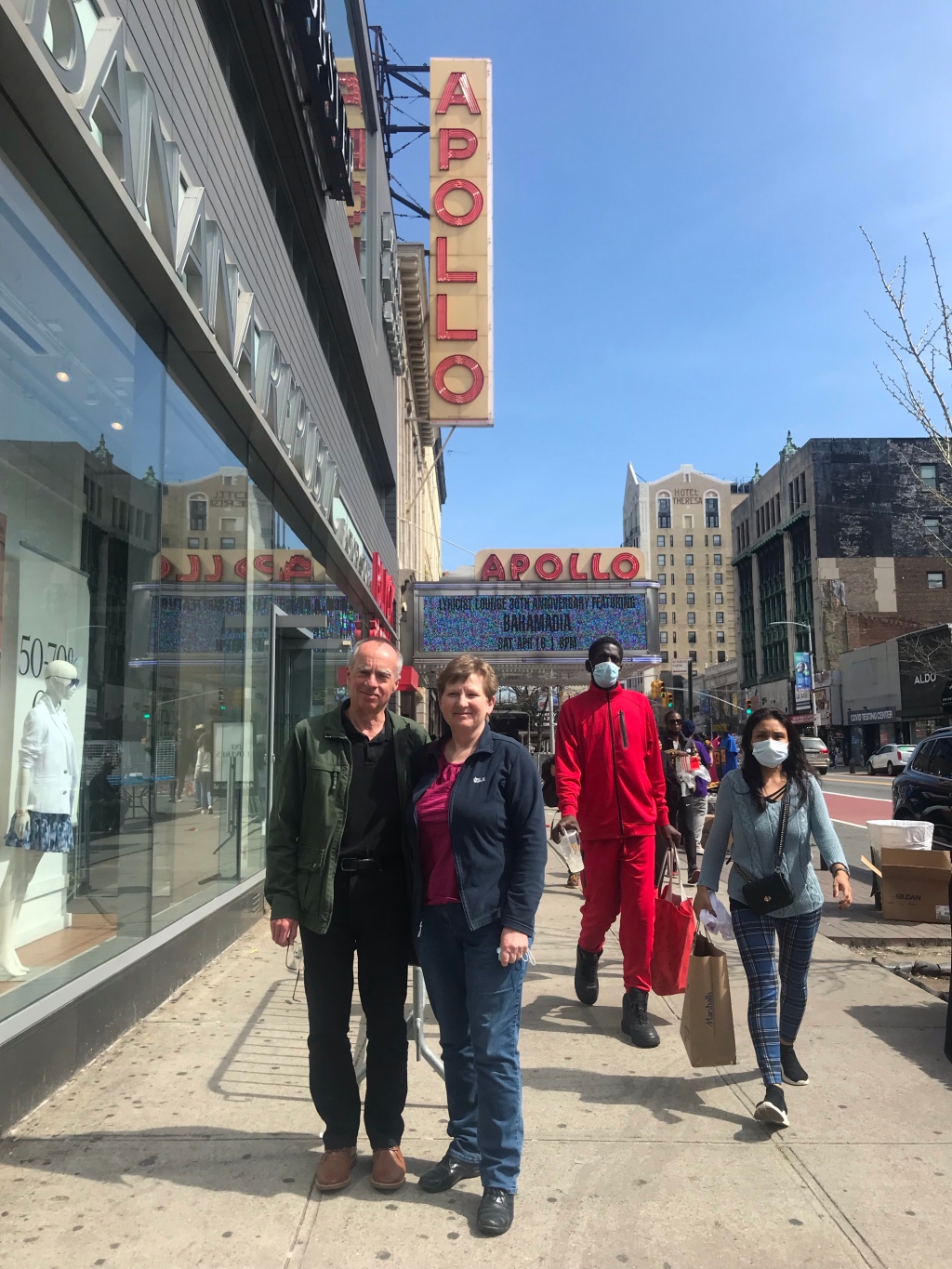
Two visits to the Apollo Theater, Harlem
Billy greeted me like an old friend, although I’m pretty sure I remembered him better than he remembered me.
-
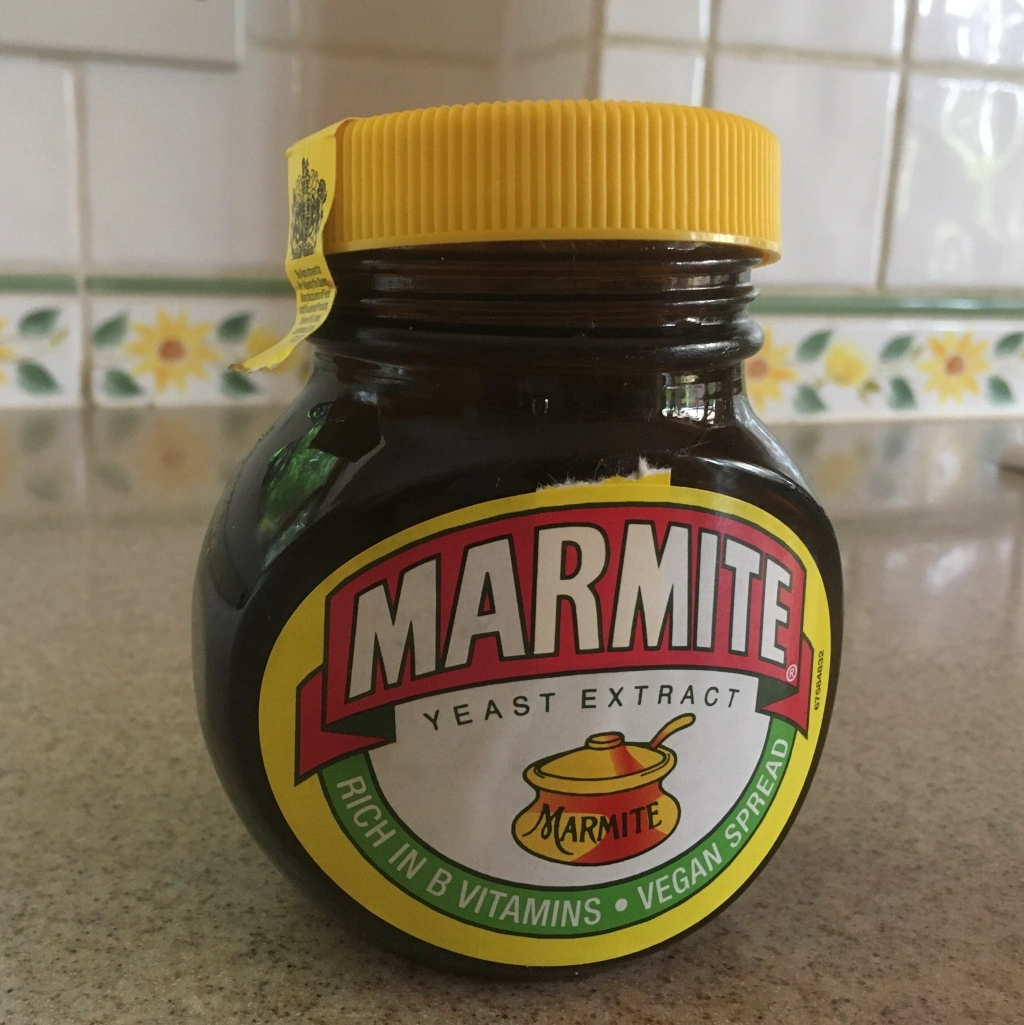
The worst thing about Debbie
Now I’m not comparing this to the Dreyfus affair or the Birmingham Six, but I do think…
-

“A quarter of my life is almost past”
All being well here, I certainly intend to raise a glass to him on 17th March 2034.
-

Le gros commandant Whof Whof Whof: part 1
When I shared this rumour of our aristocratic ancestry with my daughter Rachel, she was initially excited, picturing her 4 x great grandfather as Colin Firth playing Mr Darcy. Less so after her first seconds of research uncovered le gros commandant Whof Whof Whof.
-

Medal Going Home
…I was left with the impression that the government had regarded the recipients not as individuals but as a homogeneous, expendable mass.
-
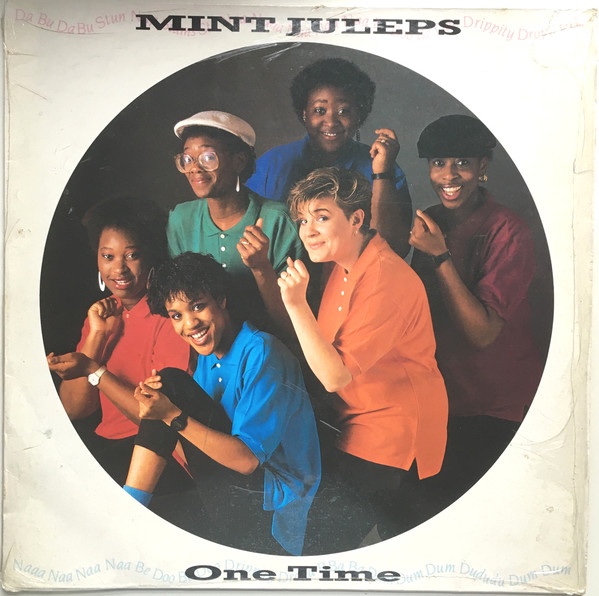
The Mint Juleps
There were no weaknesses – every song was a delight, and you couldn’t keep the smile off your face.
-

Cecil Parkinson, Ken Livingstone, music and me
I don’t think I was aware of these political heavyweights being on the same bill that term, and just as well: I was nervous enough already.
-

Take a Trip to No Dragon Wood
…but you don’t have to worry in the least ‘bout incineration by a mythical beast
-

The University Challenge Challenge
It’s nice to know that occasionally you can make a tiny, tiny difference.
-
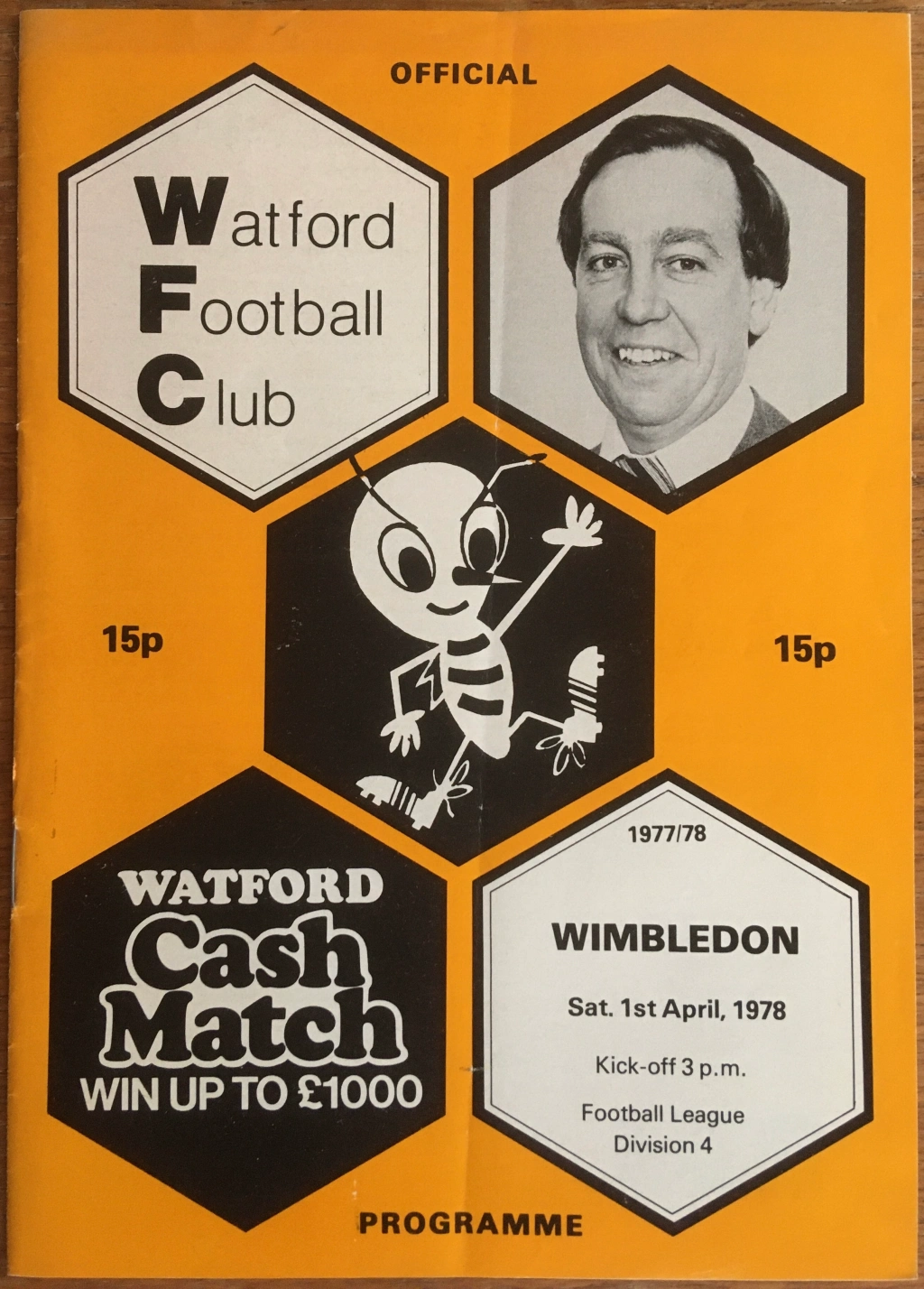
Welcome to Harry Hornet’s Parade
When I was A young boy My father He took me into Watford To see the Hornets play
-

Aelwyn’s War
“I paused to look out of the window, and saw a line of bullet-holes erupting on the upper side of the wing, heading straight for me.”
-

Blackadder Goes Forth – “Goodbyeee” – Television’s finest half hour?
Darling is the pivot on which the episode turns from comedy to tragedy.
-

The Gem of Tanzania
In December 2009 I sat in the Birmingham office of an accountancy firm, turning in my hands a gemstone which had been valued at eleven million pounds. I had the chance to buy it. How much should I bid?
-

Rhys Jones in the Battle of Normandy
My father’s cousin, Rhys Jones was called up in 1941, and served as a tank driver during the Battle of Normandy, landing on D-Day, June 6th 1944. He set down this account of the war in about 1966, after retiring from running a shop in Llanuwchllyn in Wales.
-
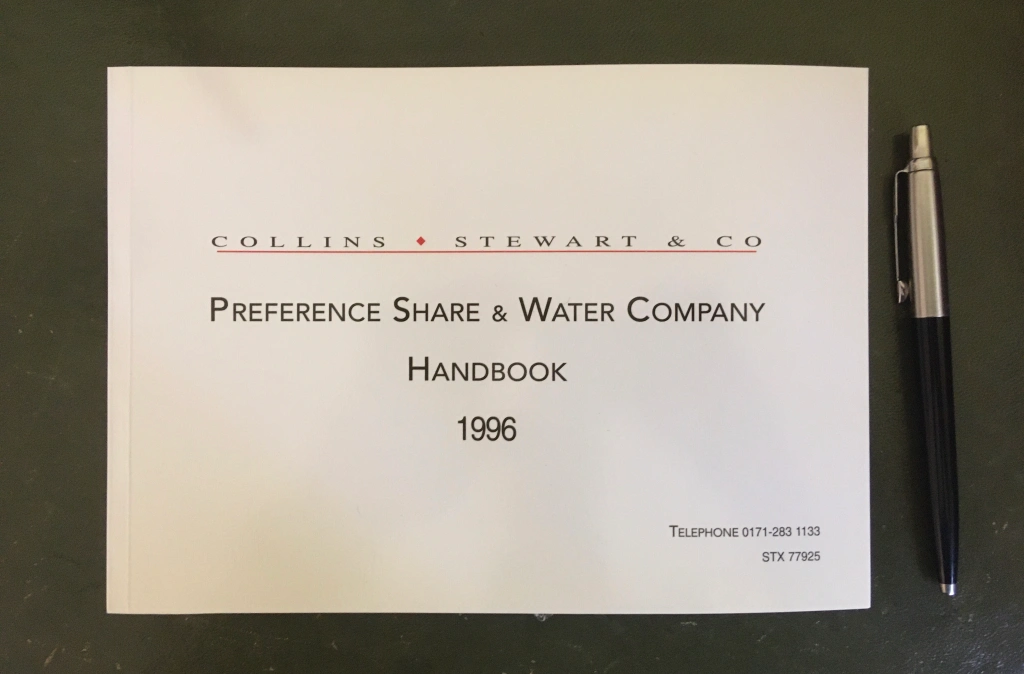
1996 and 1997: How Merrill Lynch ruined them
Merrill Lynch, the “thundering herd”, had turned its mighty power on to my cosy little domain…
-

The Mug Protocol
So if you are invited to stay at our house for a few days – and don’t worry, the risk is low, we’re not very sociable – there are a few house rules you should be aware of.
-

Matthew and Son
Matthew, and his Son – or by now his Great Grandchildren – are just trying to run a business. Give them a break.
-

Father to the man
No doubt I should have been learning more (or at least something) about the Phoenix Park murders, or rereading the turgid pages of Le Baiser au lépreux.
-

O jabjous day! Callooh! Callay!
…as we stepped outside and felt a little warmth in the late February sun, it certainly started to feel like spring.
-
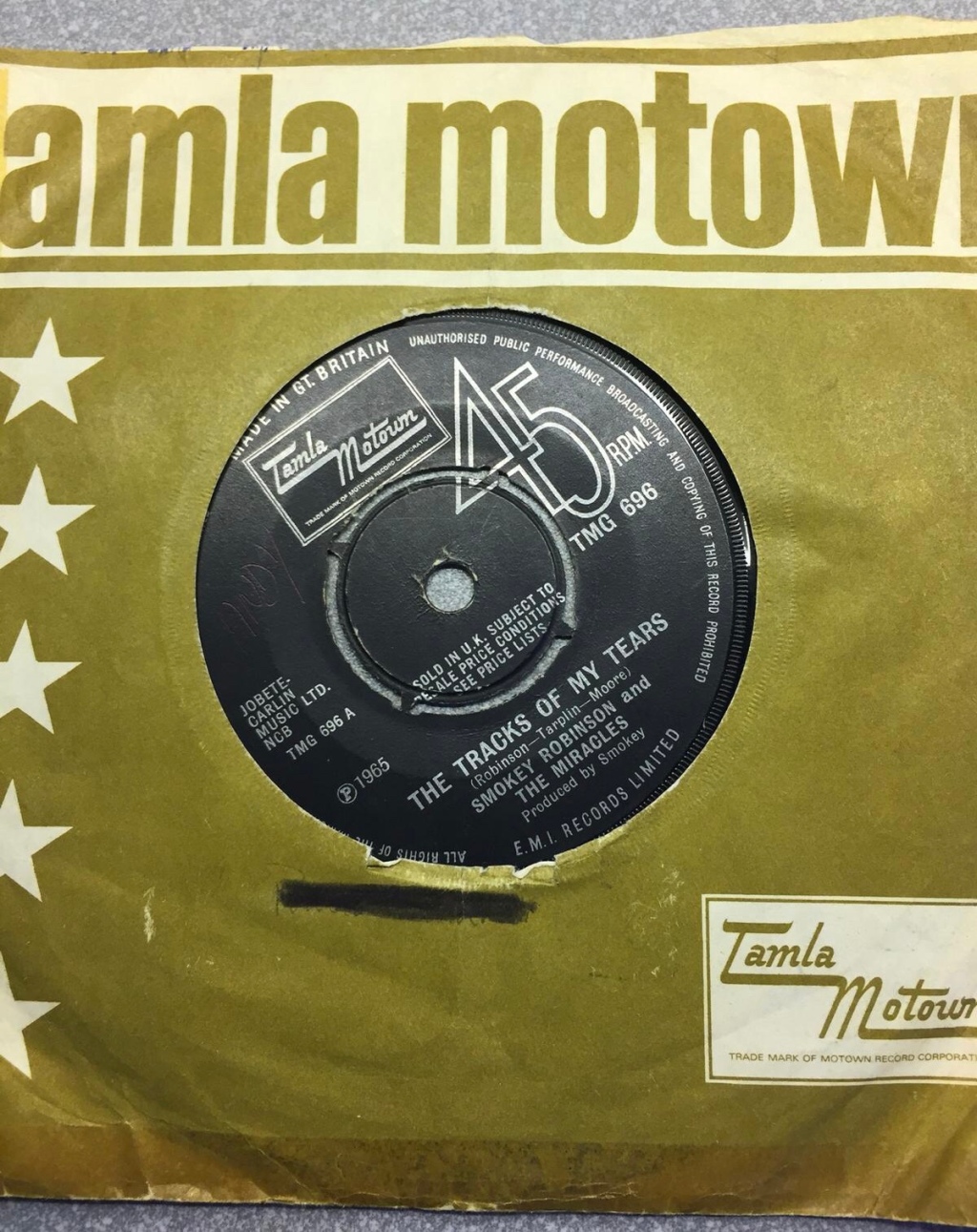
Smokey’s 49-year vacation
I was prepared to leave it at that, and leave a bit of mystery in his life.
-

Llanuwchllyn
“Three of those people are your relatives”. That should have surprised me, but it didn’t. After all, this was Llanuwchllyn.
-

The Copper Bowl
He soon came back with a Swiss 50 franc note, with about a quarter missing. “You’re welcome to this if you can use it.’
-

My Short but Glorious Rugby Career
…had I stayed the course, Dad would have loved to give me that shirt.
-
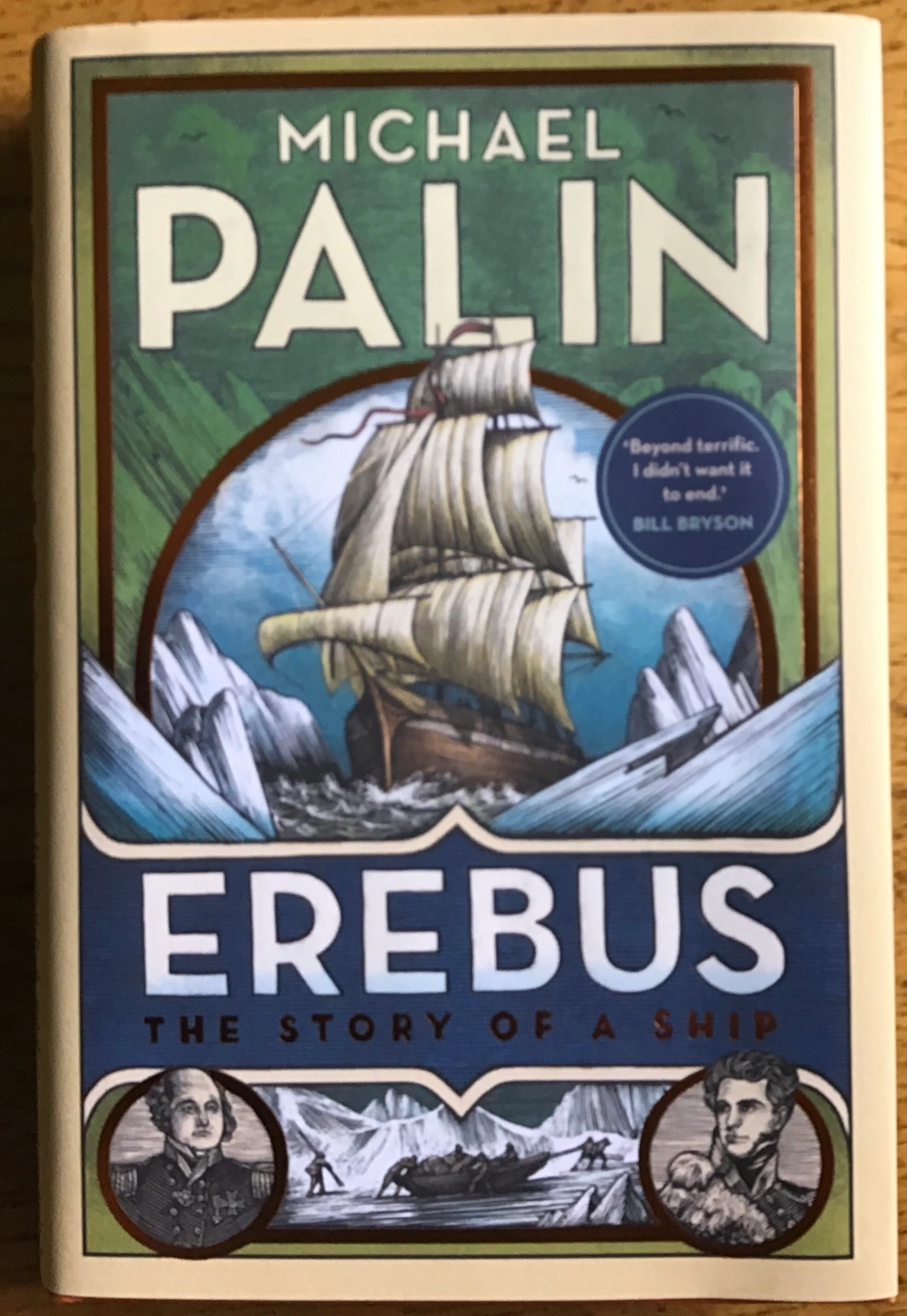
Palin and Holmes: looking back to greatness
So why should their attitudes to continued celebrity be so different?
-

The Excellent Trap
…there had been no career plan, just trial and error, opportunistic – sometimes desperate – leaps from rock to rock.
-

Cliff Richard and The Shadows, O2 Arena, 26 September 2009
We understand that you’ll never be cool. But we love you, Cliff.
-

Odontophobia
…I put this down to a generation of dentists who seemed to come from a military background, recruited in the days when physical strength was required for the job.
-
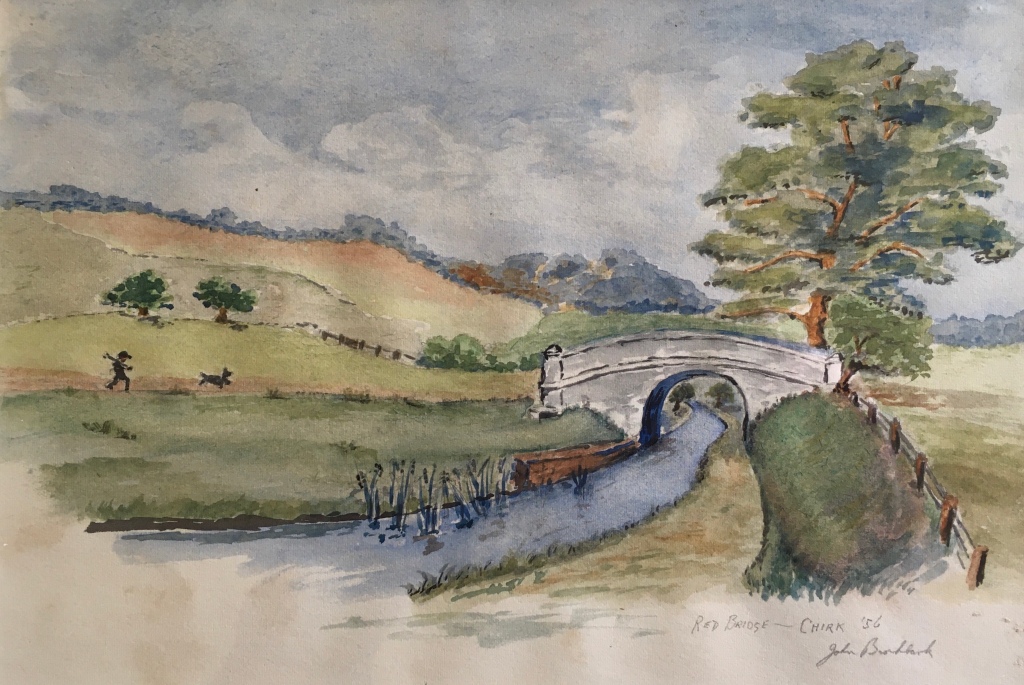
The bubble car picture
And now, perhaps fifty years later, I was looking once more upon the bubble-car picture.
-
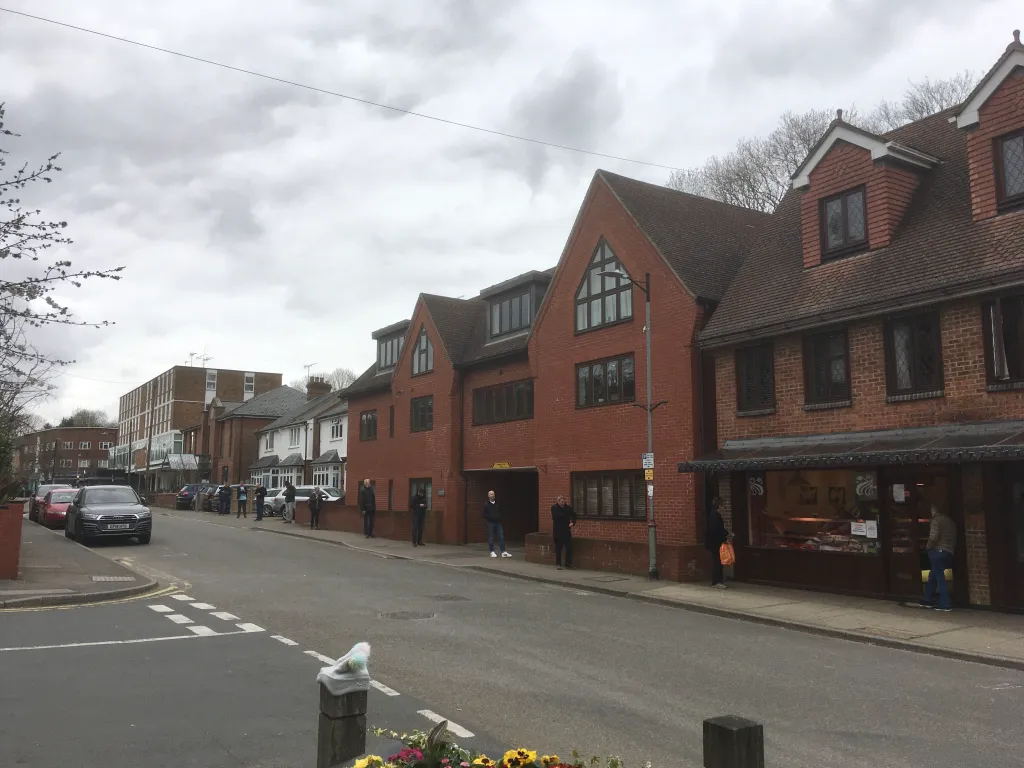
Lockdown Diary: part 2
Every case of Coronavirus is a game of Russian roulette – and the older you are, the more bullets there are in the cylinder.
-

Lockdown Diary: part 1
This is going to be a long haul. Debbie has a rare personality disorder which results in her sometimes finding me extremely annoying.
-
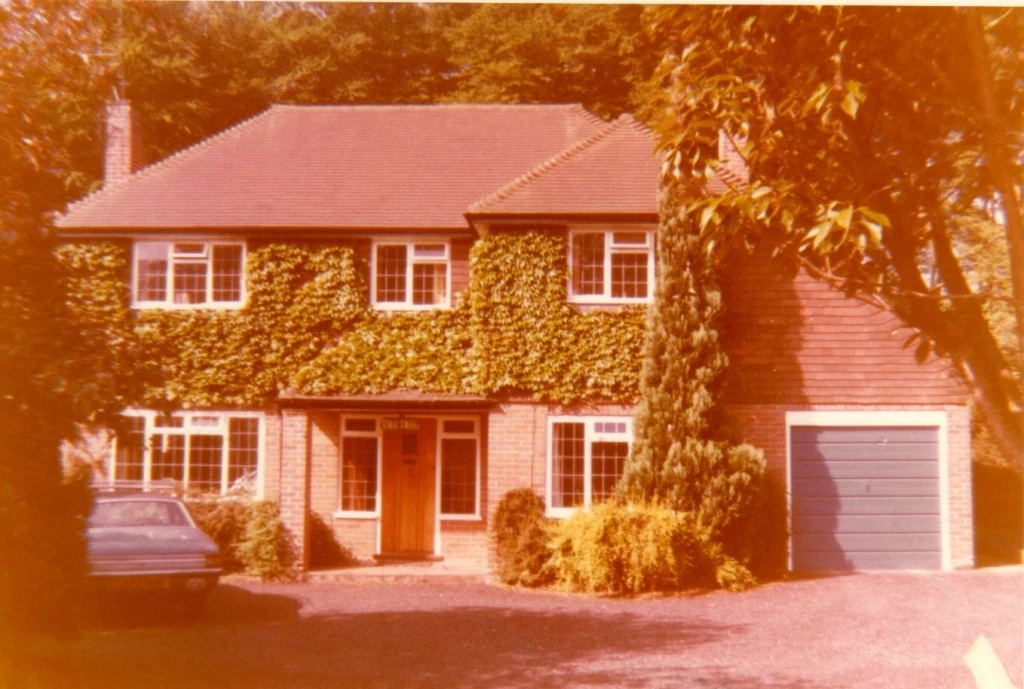
The Laboratory in Chestnut Avenue
I learned, perhaps, that the smartest business plan will fail if it upsets customers.
-
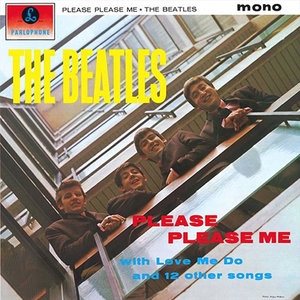
The Secret Genius of Charles III
Who really wrote the Beatles’ songs? (Or Shakespeare’s plays, come to that.)
-

Taid
Taid seems to have preferred the schoolroom to the farm, and perhaps the effort he made to learn English as a child led his part of the family away from the land and into more comfortable (if less beautiful) workplaces.
-
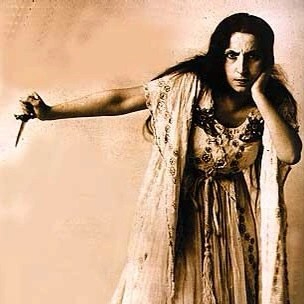
Nine Handy Trouble-saving Opera Hacks
Do you ever think there’s a little too much drama in opera? Here I offer a few suggestions as to how the participants could save themselves a bit of trouble.
-

Passing Back the Wisdom
“Knowing what you know now, write a letter using exactly 100 words to yourself at the age of sixteen.” That might be fun, thought Nick. Surely it was only fair to give the boy the benefit of his experience?
-

The Rolling Stones, O2 Arena, 25 November 2012
Ah, the Stones. Unquestionably the greatest rock’n’roll band of all time. No-one else can match them for authenticity, for appetite, for longevity, most of all for excitement.
-
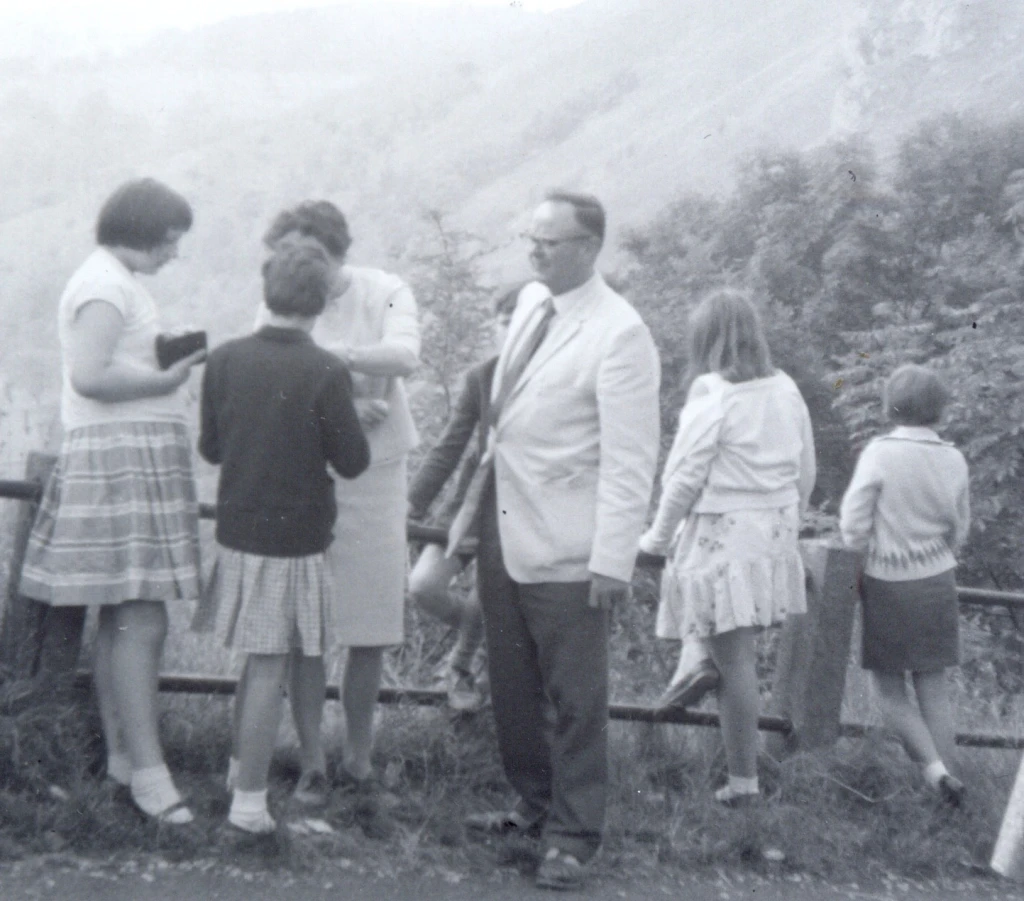
Basil Murray Savage 1910-1994
You don’t usually remember much about the kids in the year above you at school: any interaction tends to be fleeting, unless, for example, you’re good enough to play in the school football team a year early. But I remember Andrew Skinner, or should I say, Skinner! because that was…
-

Paddington Bear and the Cholesterol Bath
Come back in a couple of months and you’ll find me sporting whiskers and a white napkin while a rosy-cheeked maid serves me my kippers, eggs and tomatoes under a silver cloche, as my butler hands me a freshly ironed copy of The Times, from which I emerge occasionally to…
-
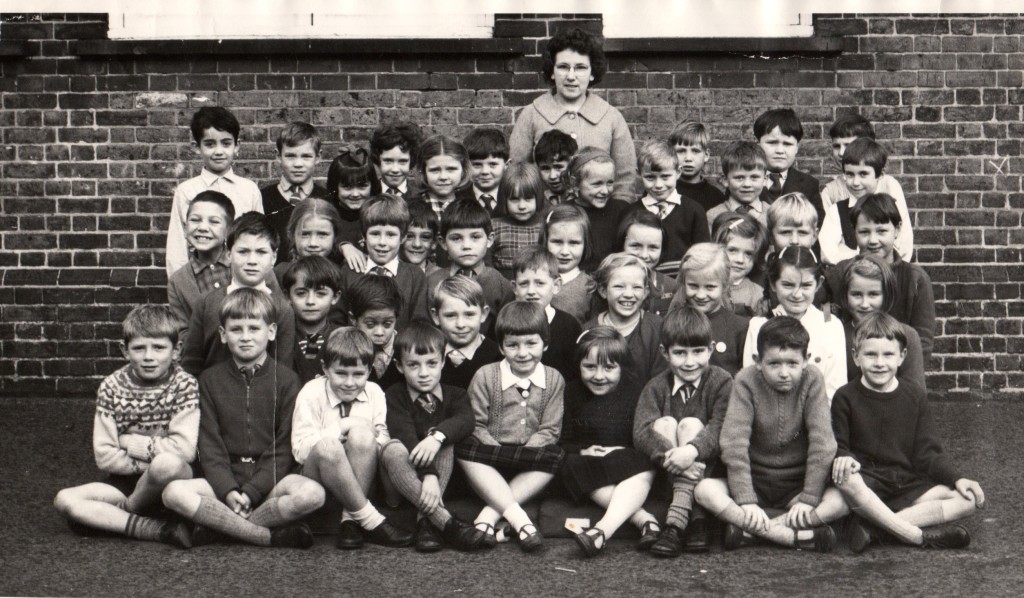
Teacher’s Pet
I had already embarked on a lifetime journey of pedantry, and sensed that an injustice had been done. But I didn’t get involved: I was Mr Savage’s favourite, and there was no reason to put that at risk.
-
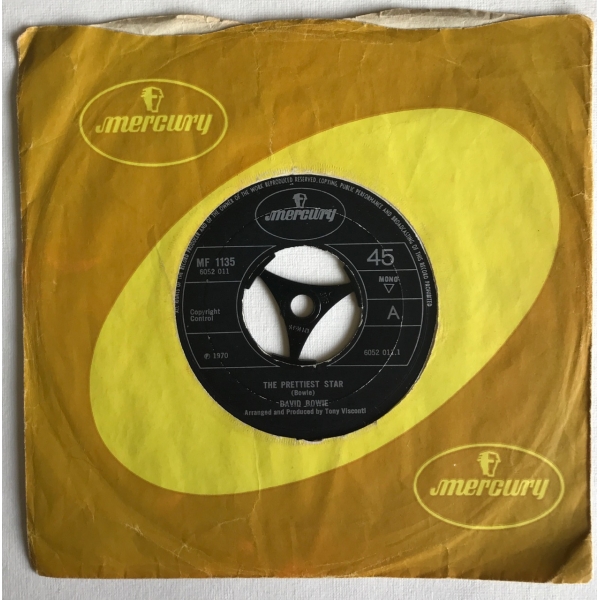
David Bowie, Rainbow Theatre, Finsbury Park, 24 December 1972
Bowie prowled the stage screaming “Gimme your hands…cause you’re wonderful” – written for this very purpose – reaching out his healing hands to fans like the god he had become that night.
-

David Gauke: My Part in Not Preventing His Downfall
Before I had reached the end of the driveway the door opened and a man in his seventies shouted after me “He’s a traitor!” It seemed that not all voters had embraced Gauke’s idea of a more thoughtful and respectful style of politics.
-

Night visits
I’m staying in a large house, York maybe, perhaps I own it, and there’s a small hatch leading off a landing to a suite of larger rooms which are nicer but neglected, and I wonder, am I allowed to go there and why don’t I use them more often
-

Nain
I am lucky to remember all four of our grandparents, although Nain – Maggie as she was known – is the one I remember least well, as she died when I was seven.
-

elementary
if I could give a longer list of elements I surely would of others that I may have missed no news has come to chorleywood
-

Please don’t
Please don’t wave the Union Flag around as if you own it, or as if you speak for everyone in the UK. It is the flag of a country whose people have many different opinions.
-
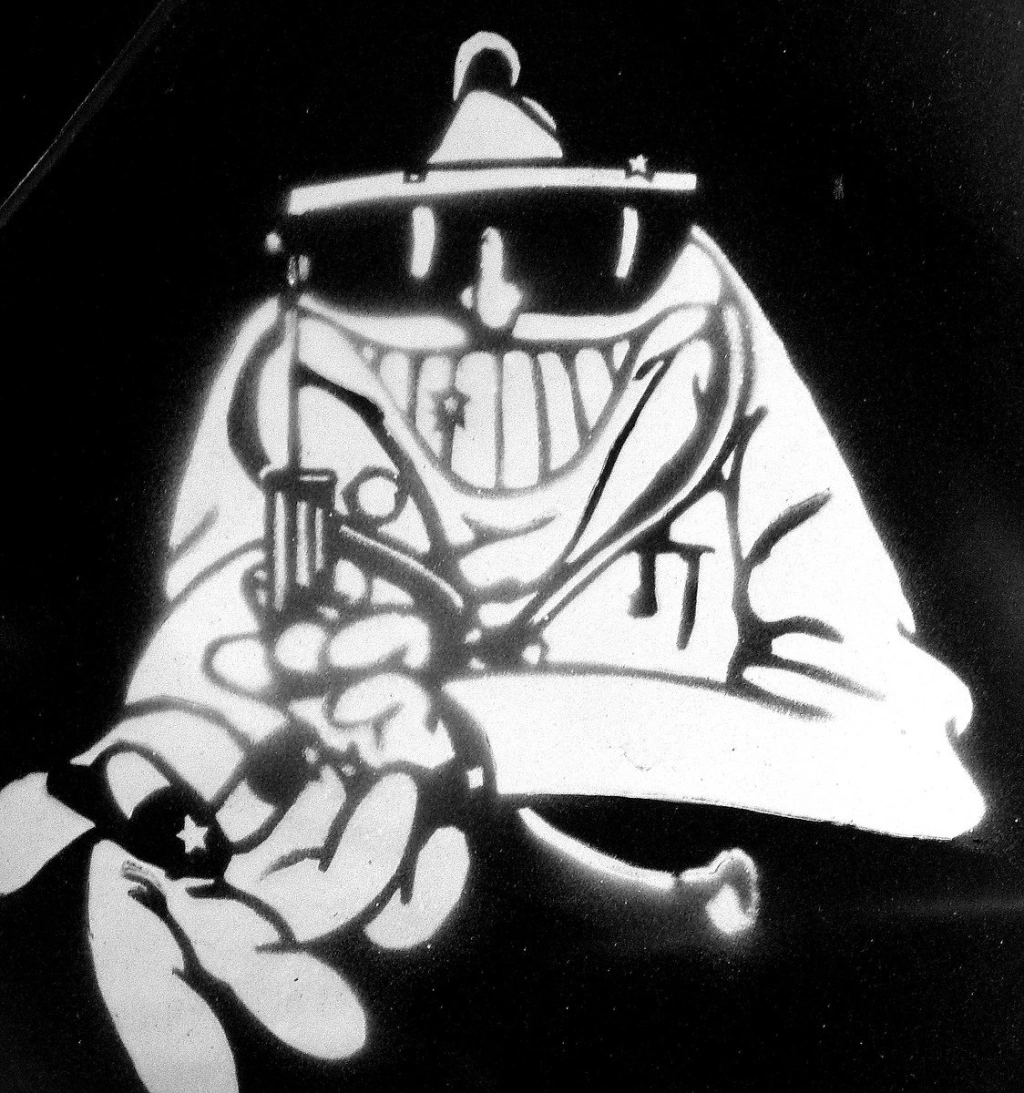
Dr Feelgood, Cambridge Corn Exchange – 25 September 1976
…they were prophets come to lead us to a better future, or a better past, and I reached for them, a parched wanderer at an oasis.
-
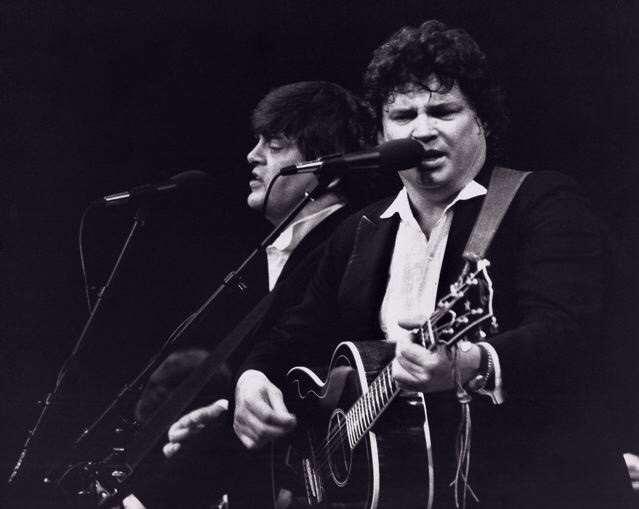
Everly Brothers, Royal Albert Hall – Thursday 22 September 1983
“Do you think they’ll get it?” asked the brothers. The reply came back from their British hosts “Are you nuts? They’ll go crazy!”
-
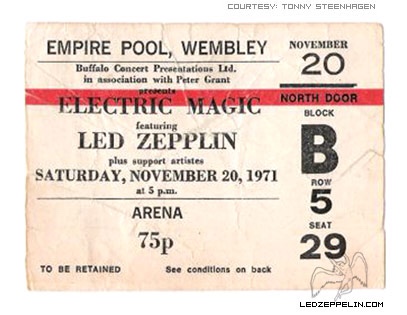
Led Zeppelin, Empire Pool, Wembley – 21 November 1971
It was electrifying: I had never heard anything like it, and somehow by the end of their first song tears had welled up from sheer excitement and joy.
-

The Golden Tree of St Francis
A woman was screaming. Pitched halfway between fear and anger, loud and sustained. An adult woman, Dan thought, yet there was a note of petulance, the suggestion of a toddler tantrum.
-

run places
in my run places I’m lost in effort and pass through in seconds but later picture myself there and yearn to be back and when I cannot visit them I ache to be there
-

The Bream and the Mule
At this point Rob perhaps sensed I was getting a little overwrought, and suggested, probably by way of distraction, that I might enjoy trying to incorporate the words on the board into a poem.
-
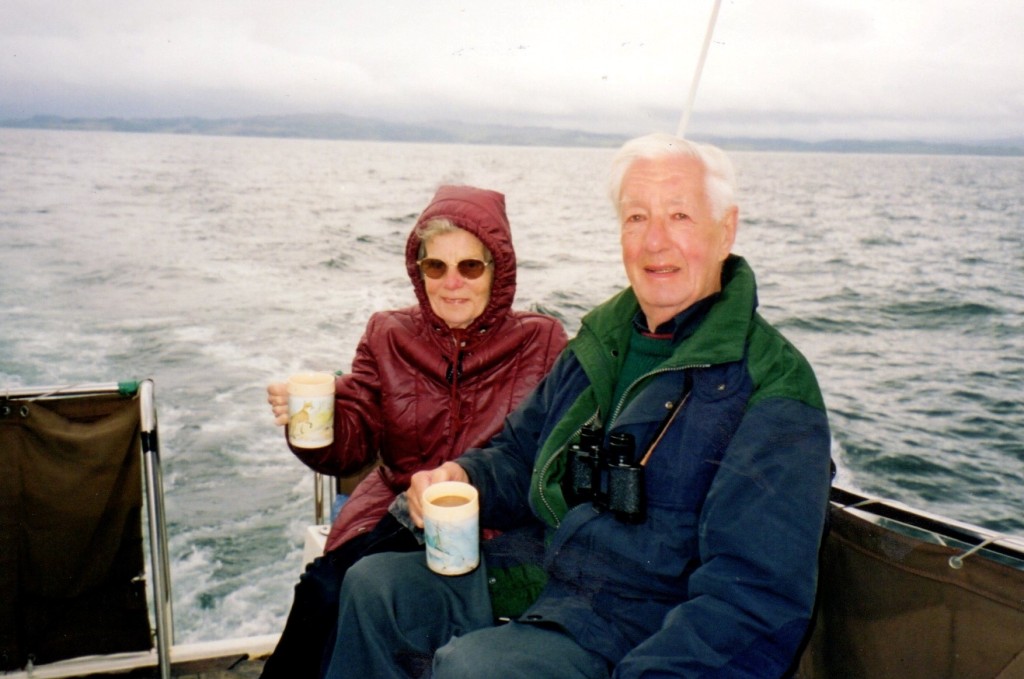
The Mull and Iona trilogy
Rachel went to eat a sandwich Of chicken, bread and basil, and which Once her appetite was sated From her stomach separated Embarking on its own romantic Trip across the North Atlantic.
-
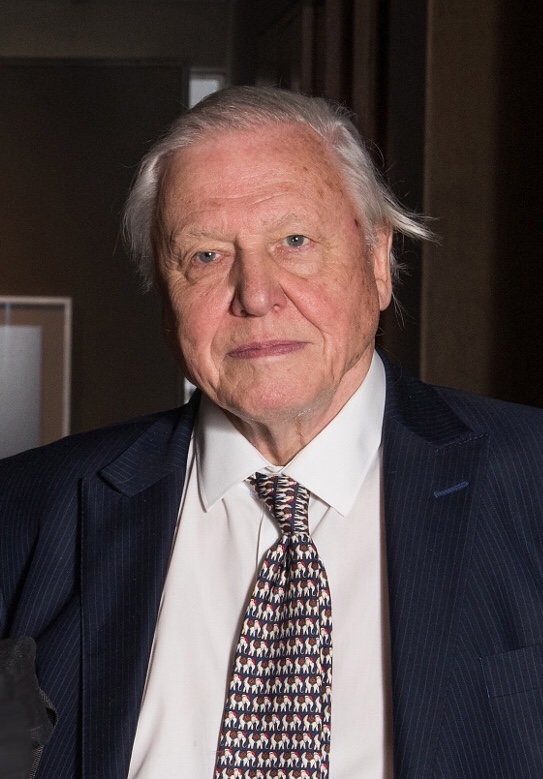
A brush with greatness
Some say you should never meet your heroes. Nonsense. I feel so privileged to have had the opportunity.
-

Fall of the House of
I was shown into a meeting room with wood panelling and oil-painted landscapes: an unconvincing attempt to recreate an English country house interior in the docklands clouds.
-

Two photographs from 1933
If you have stood on a mountainside and seen birds flying way below perhaps you experienced a feeling of dominion, tempered by vertigo, the exhilaration and surprise of something seen from an unfamiliar perspective.
-

Finish line
Negative thoughts swim in. When my Garmin reaches sixteen miles, my first thought is great, only ten more miles to go. But no, the official marker is still point one of a mile away. And the distance is 26.2, not 26. Somehow that 0.3 acquires a crushing weight in my…
-

Gaukey and Me
At this point the waiter managed to spill a decent quantity of coffee into my lap. Fortunately it wasn’t scalding, but I still wonder whether this was in response to a prearranged signal.
-

Gan-gan
When as teenagers we heard of this affair, my brother and I liked to think of Davy as some sort of brute, and of Jack as the handsome knight rescuing her from his clutches.
-

The Top (Insert Arbitrary Number) Classic Nasty Songs
If you were ever tempted to invite Ray Davies to join you in a game of golf, pay attention.
-
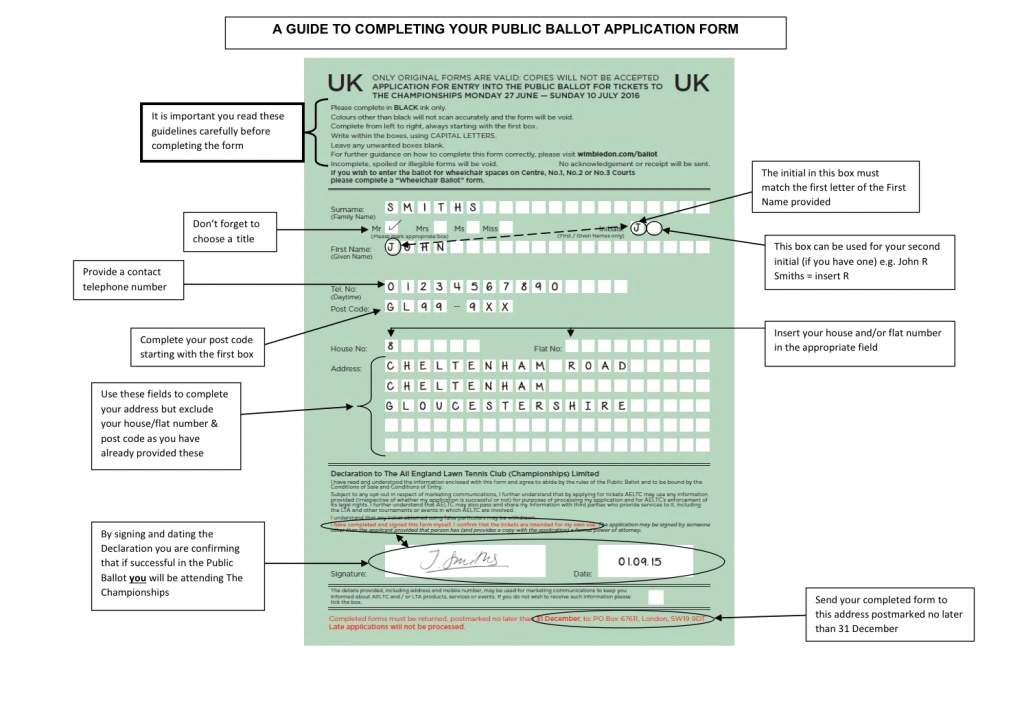
A Guide To Completing Your Wimbledon Public Ballot Application Form
It’s the time of year for filling in your Wimbledon ballot application form. Forms can be nasty and complicated, but we’re here to help you.
-
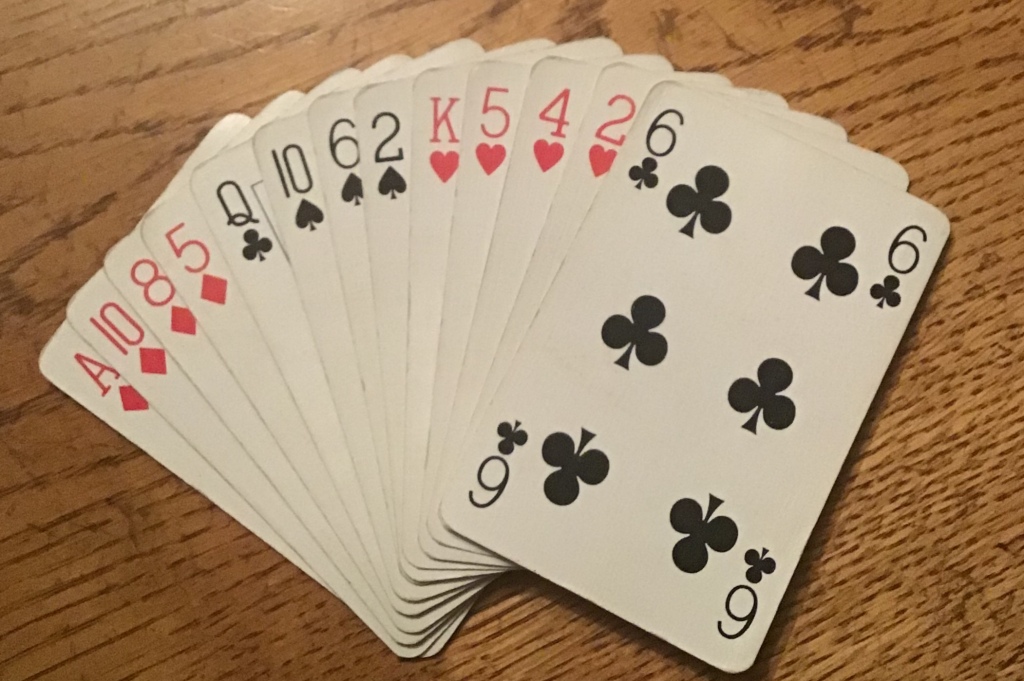
Six Spades
Aelwyn felt the familiar tingle of anticipation as he turned over his cards, and held them close to examine them. Not bad, there might be something on here…
-

Pulled Pork Baguette with a Side of Grief
I floundered at the enormity and horror of what she had just told me, and feebly attempted a few words of sympathy.
-

The GRILL PAN HANDLE
…one day we noticed an article headed The Ten Biggest Causes of Marital Rows. Grill Pan Handles was right there at number three after money and sex, just before housework.
-

The Ticket Drawer
Should she have died with no tickets in the drawer, no holidays to look forward to, no plans?
-

Midnight
I had to bring Emily to this place, to this beautiful place, where my mother brought me twenty-seven years ago.
-
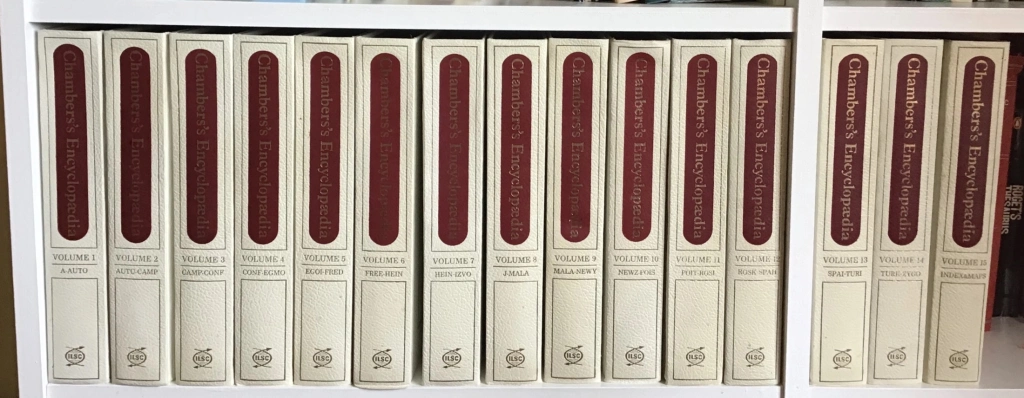
How to Hug: Fact check
It is worth noting that history was not always kind either to Howard, Catherine, or to the Huguenots. One can imagine the subject of either article needing a hug at some time.
-
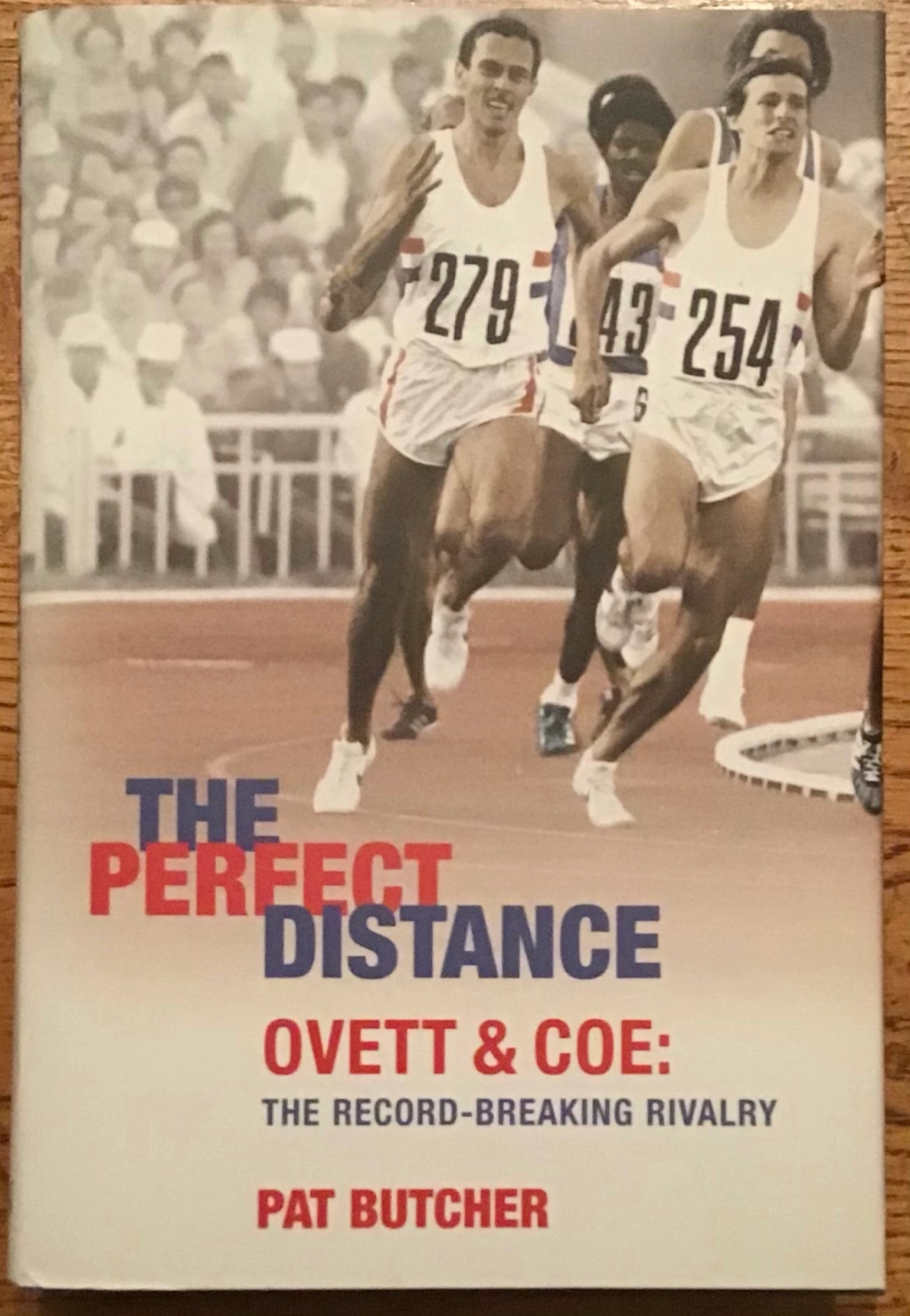
Running and Cheating: regarding Coe, Ovett and Savile
I’d like to believe that Coe and Ovett were clean: they were my heroes. And it’s not possible for them to prove the negative. But their statements do not dispel the doubt.
-

At Brookfields
Emma ever come or was that Emma who came today she sometimes comes Wednesday afternoons is it Wednesday today last night asking the questions David Mitchell last night wasn’t it
-

Silly Mid-Off
WBGS u12s fifth wicket down. Time to pad up. Sit down, standing up shows a lack of confidence in the boys at the crease. Waiting. McKenzie and Wright are doing OK. I bat at number eight and I don’t bowl, so I don’t know how I got in the team.…
-

The Restless Miller
I stared in disbelief and fear for some time, before I finally switched on my bedside light. There was nothing there…
-

At Pantclyd Farm
Thomas lay on his side, his head turned away. Richard contemplated him, His mouth was dry as he took in the strong back and the muscular brown arms.
-

The Fisherman’s Girl
She said nothing and looked at the milk bottle. Then gave a little shrug of acceptance, but seemed subdued while she ate her cereal. Warning: Suicide theme
-
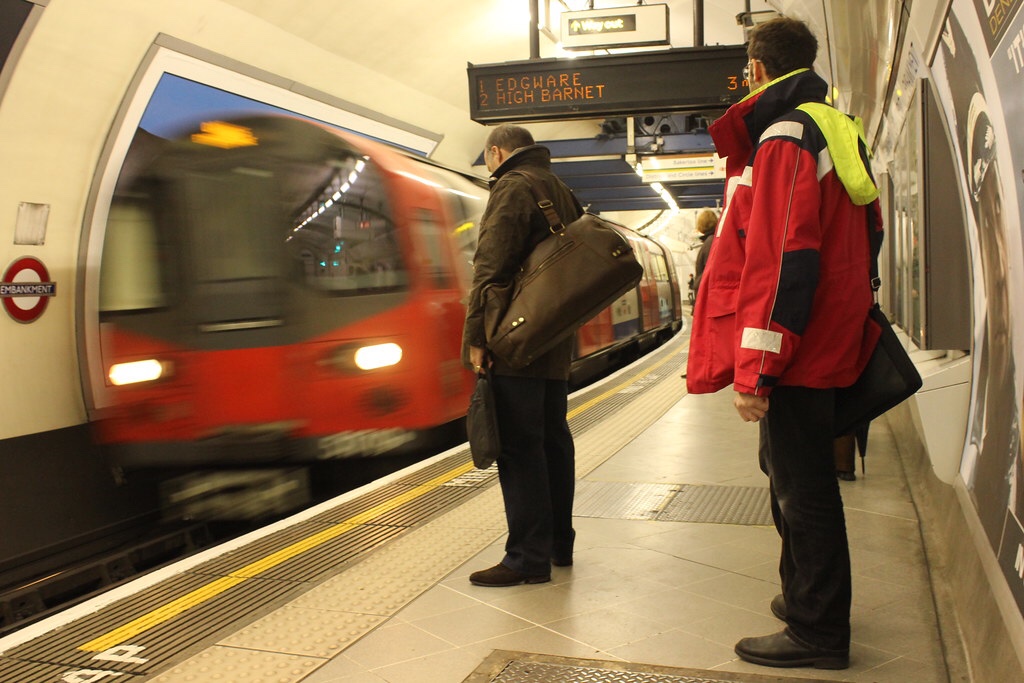
High Barnet Train
Kate, not usually demonstrative, broke off from planting her patch of garden, and ran to give Dad a long, slow hug. Almost as if she knew. Warning: Suicide theme
-

Bit Nicer
“The girl in that bed over there says some people die when they have an operation. Is that true?”
-

Absolution
…and in that time Mark would sometimes feel his father’s eyes quietly searching his face. But he had held his secret.
-

For Dad
…maybe, underneath it all, I wanted our children to have just as happy a childhood as Rob and I did.
-

Nine Million Viruses
There are nine million viruses in Shanghai It’s a shame That one struck poor Debbie down So she missed two days of seeing Peking Town
-

I Predict a Diet
And if there’s anyone who comes out here Who only wants to come to there I predict a diet! I predict a diet! I predict a diet! I predict a diet!
-
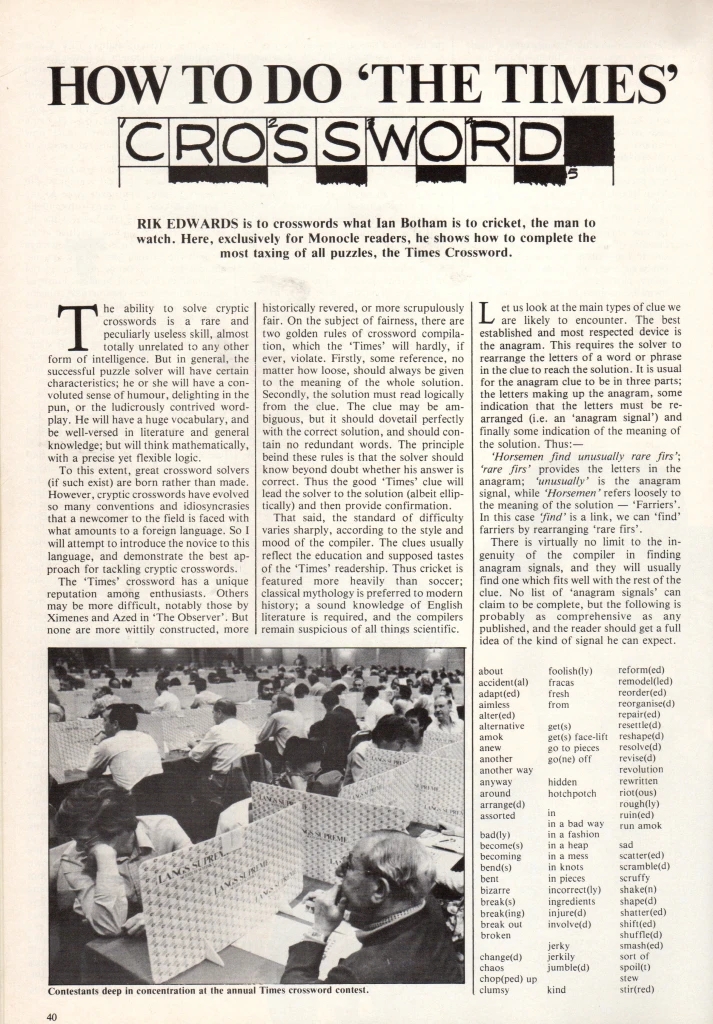
How to do ‘The Times’ Crossword
An article I wrote for “Monocle” magazine in 1981. A total fraud: I’ve never completed the “The Times” crossword in my life.
-
Subscribe
Subscribed
Already have a WordPress.com account? Log in now.

